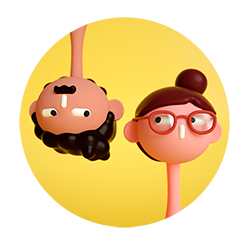Trampantojo—which translates to “optical illusion” or “trick of the eye”—is a series of illustrations and animations that blur the line between 2D and 3D. Created using Blender and Grease Pencil, the project plays with perception: although everything is built in 3D, the final result mimics a hand-drawn, 2D aesthetic.
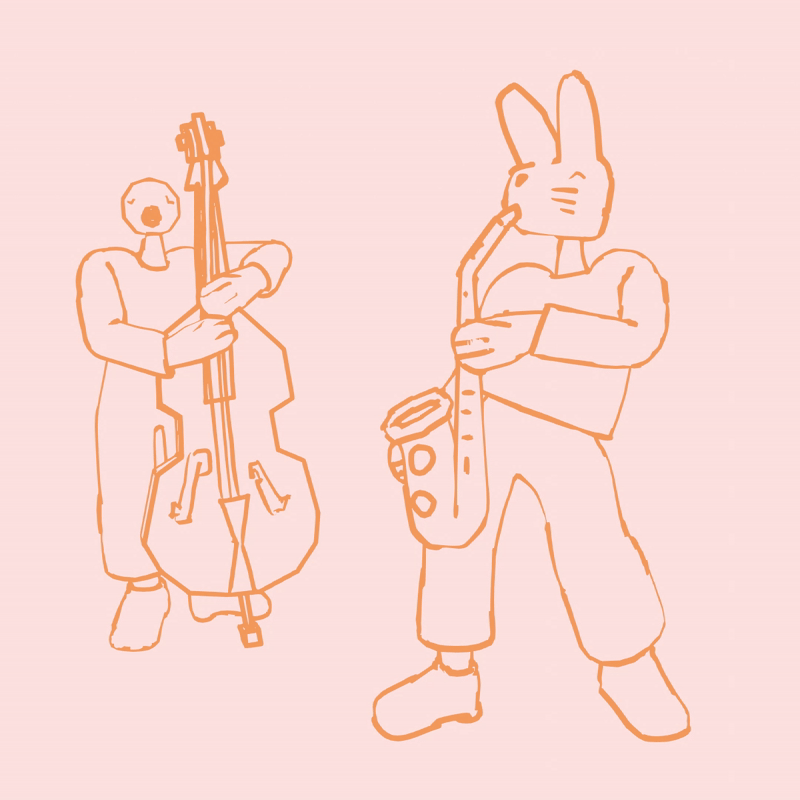
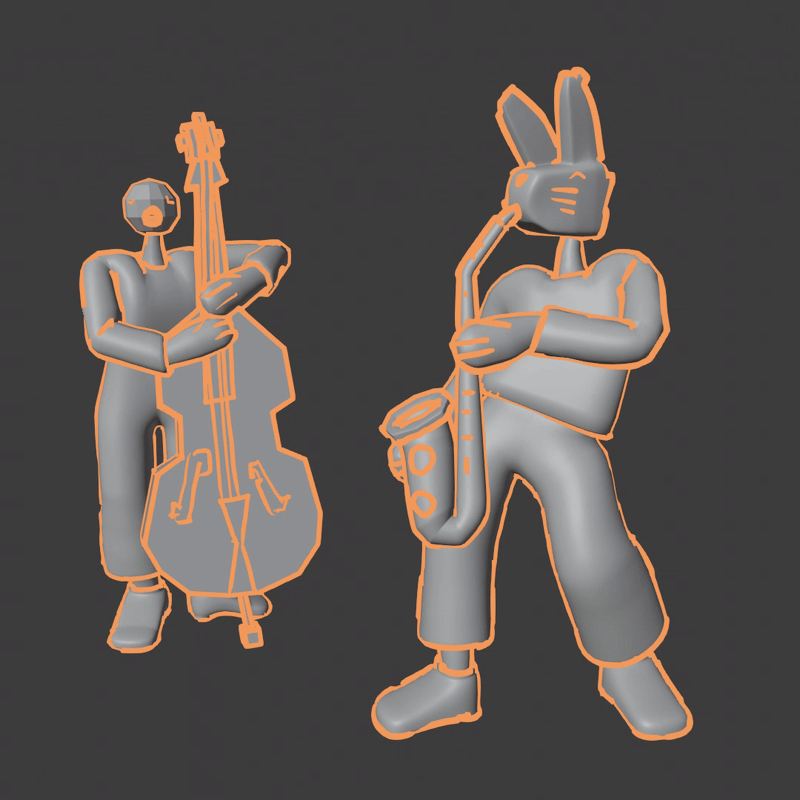
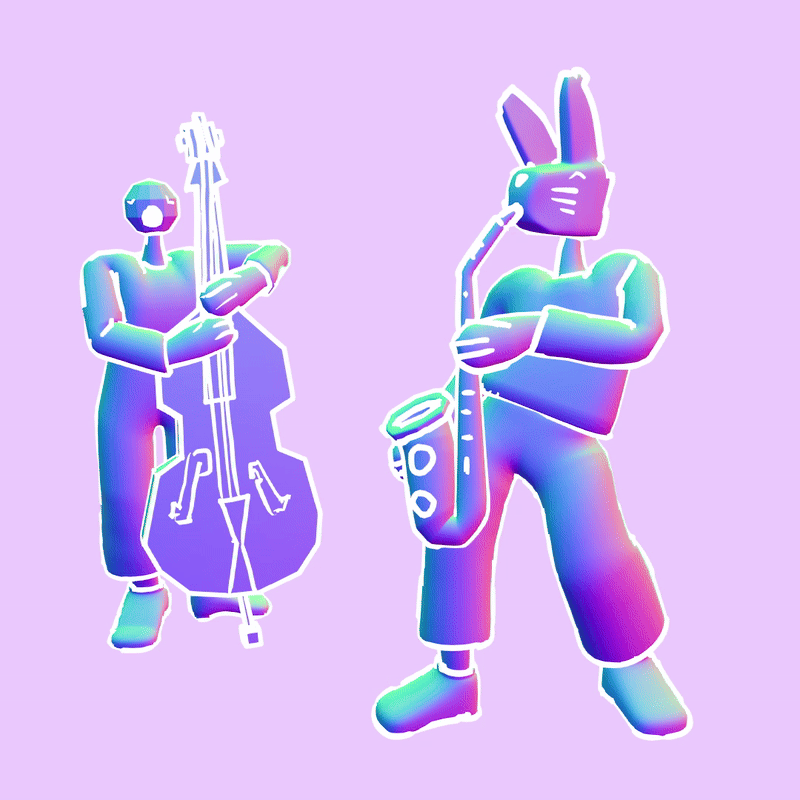
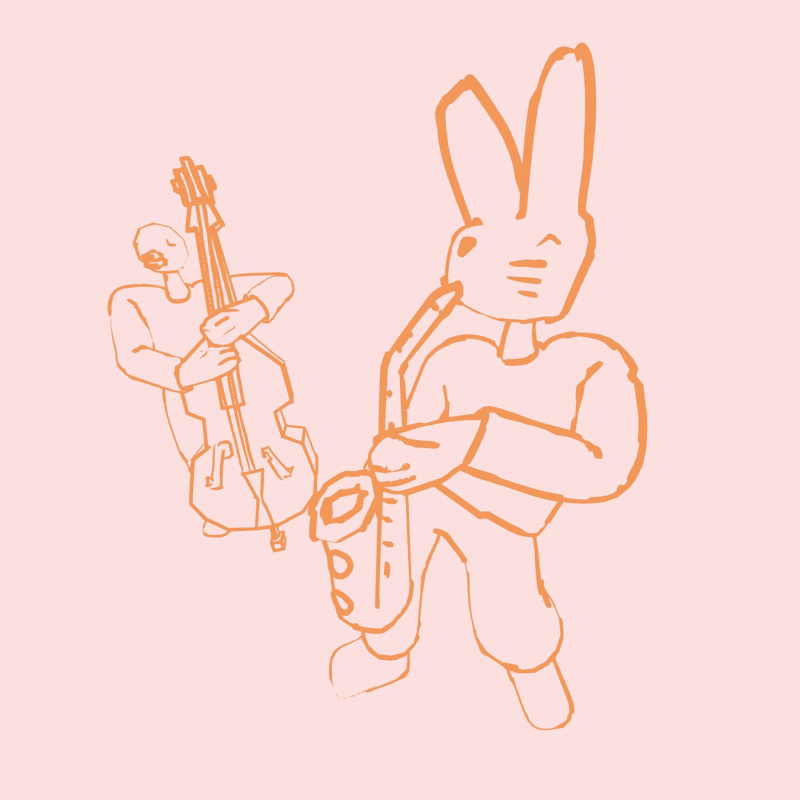
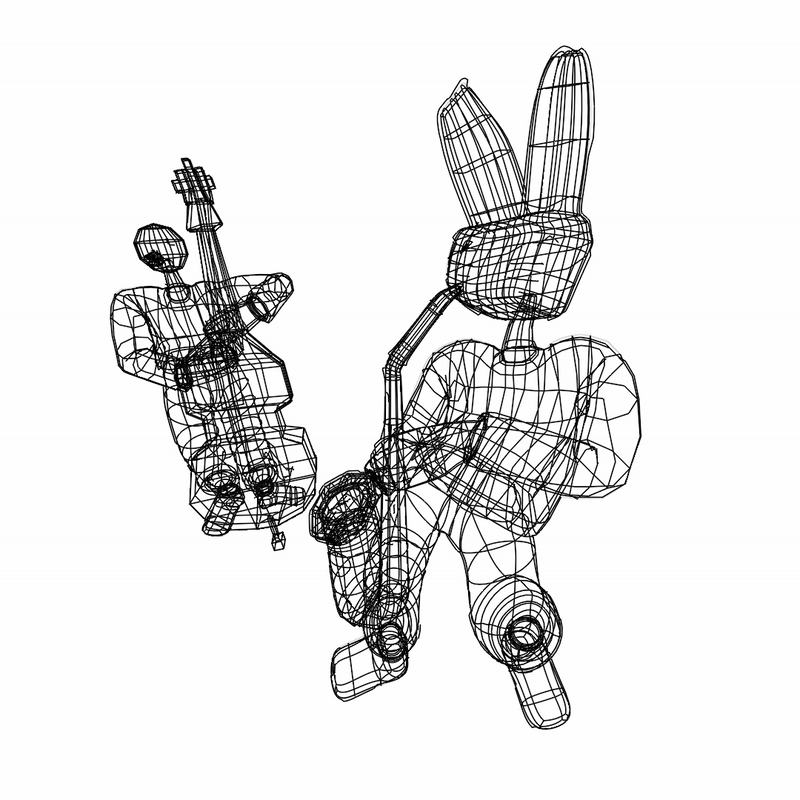
This illusion lies at the heart of the project. We’ve used Blender’s Grease Pencil tool in unconventional ways, experimenting with stroke styles, varying line widths, and diverse drawing techniques to create visuals that feel organic, hand-crafted, and distinctly 2D.
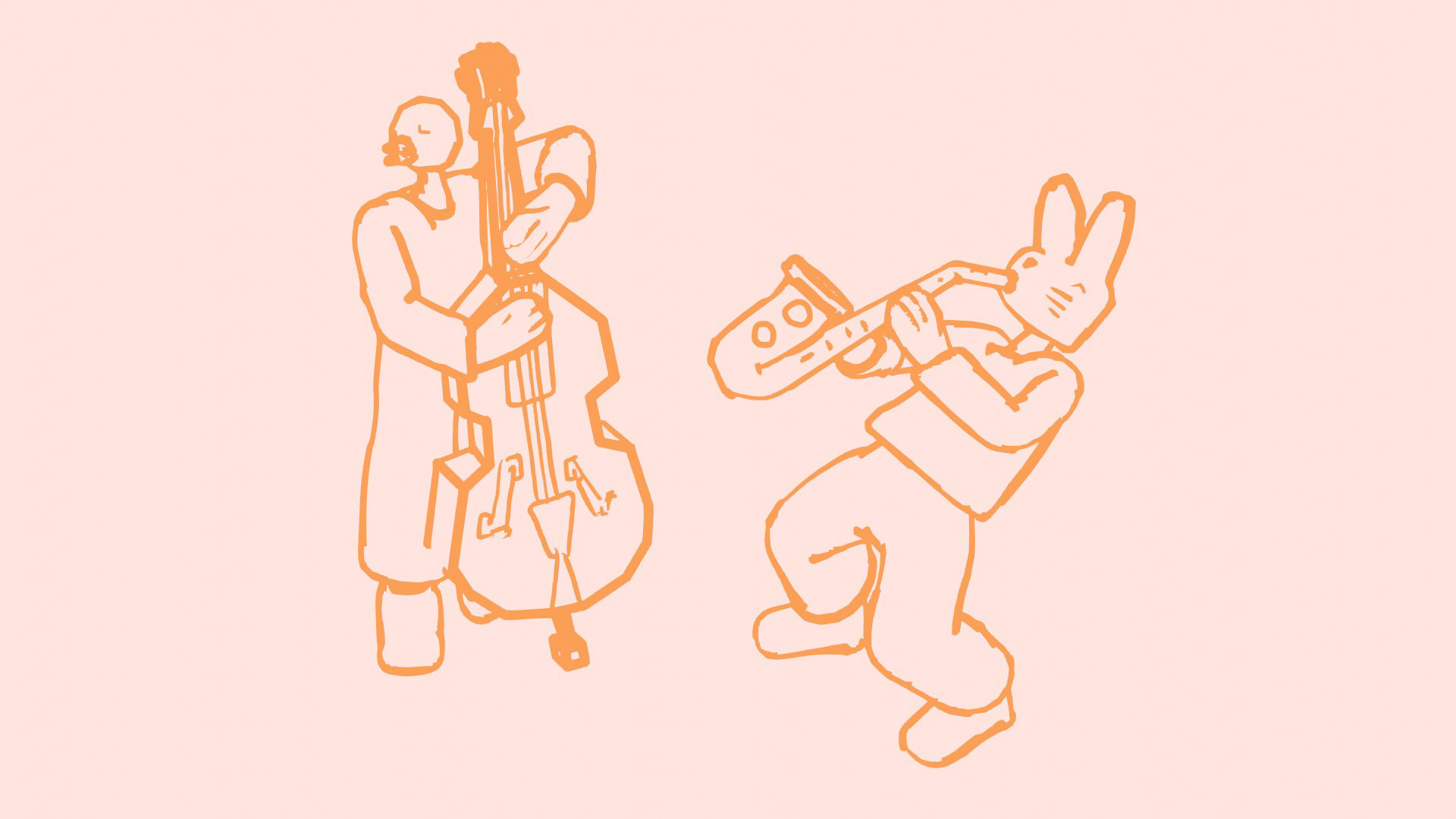
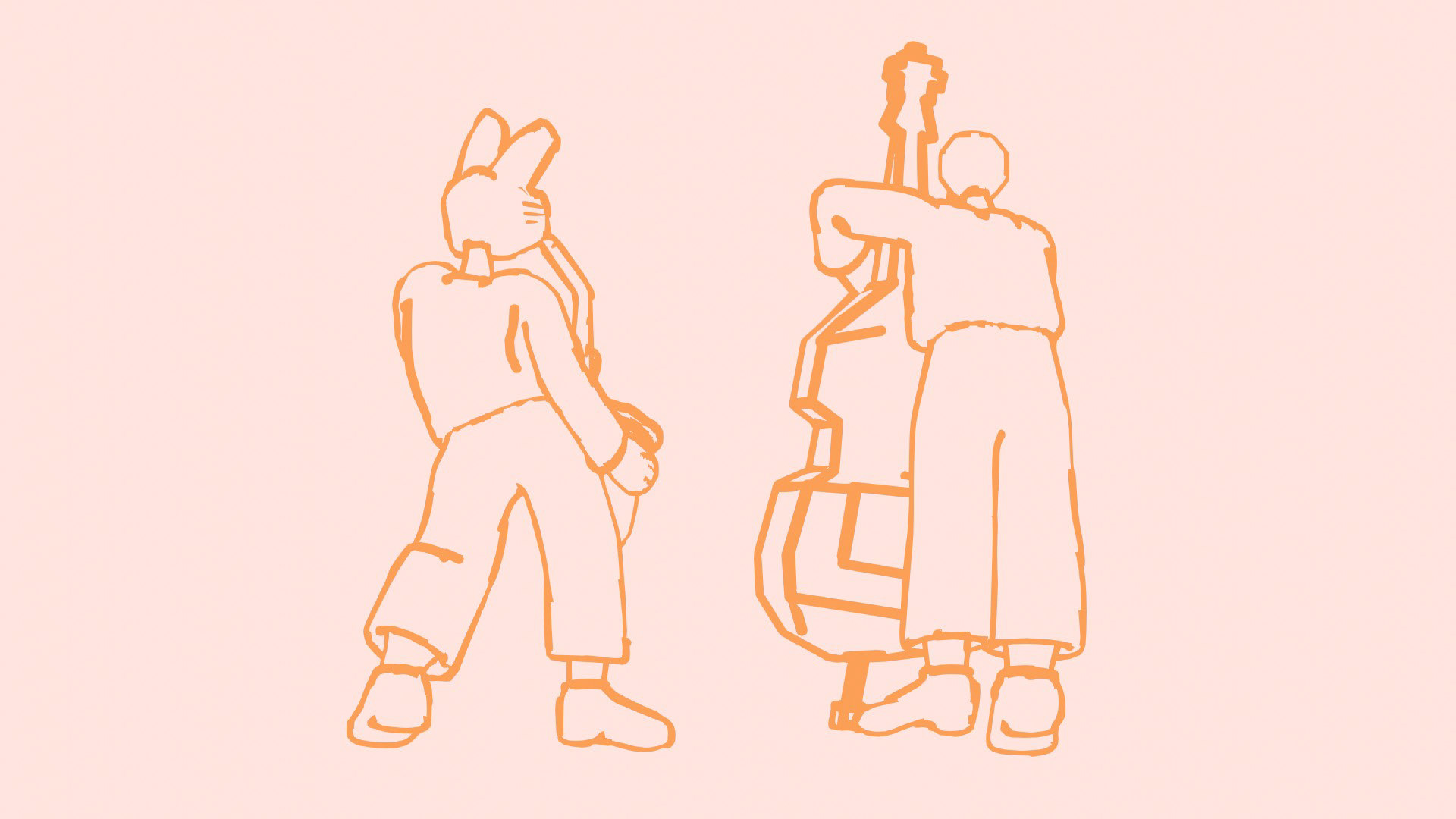
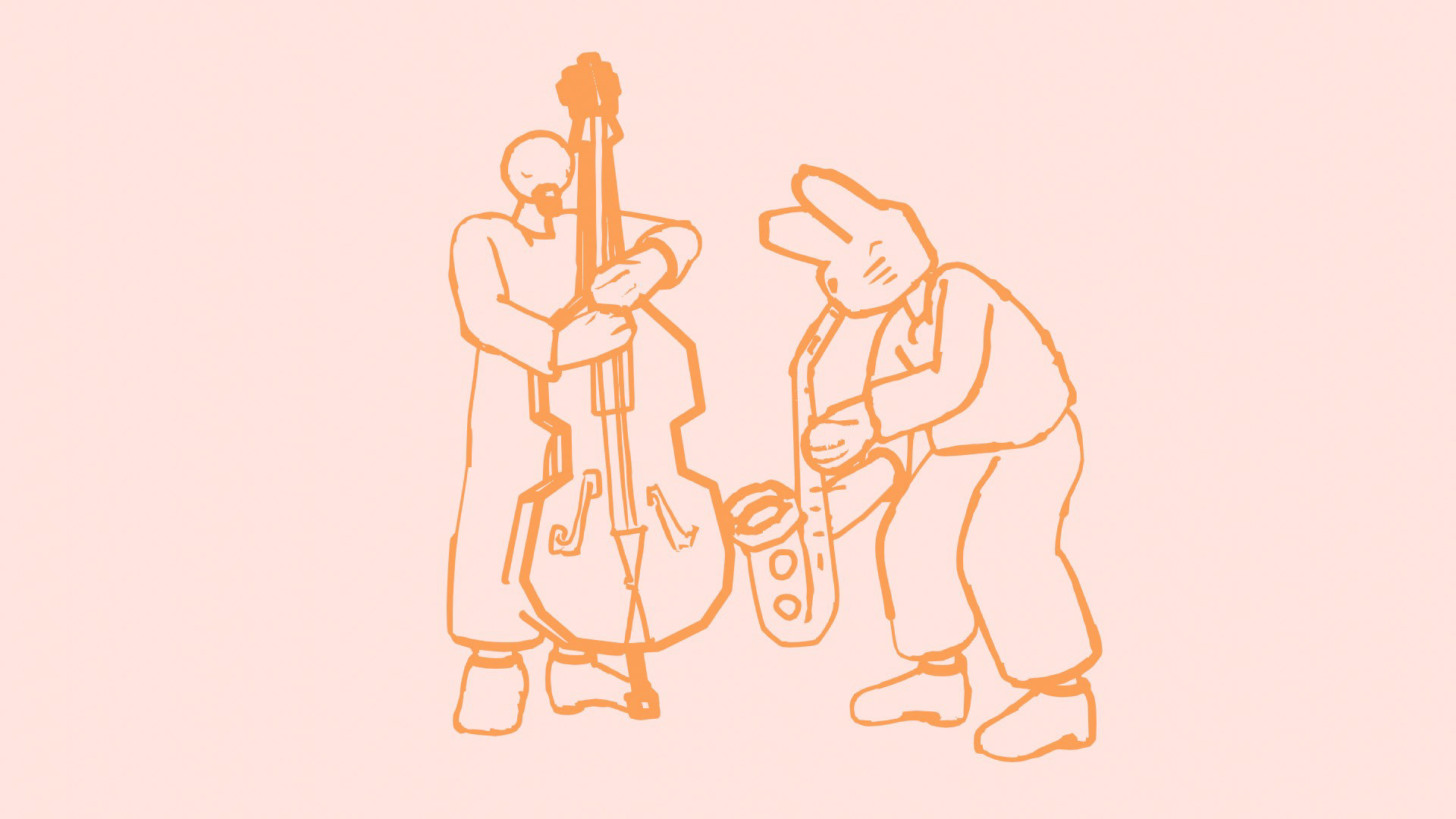
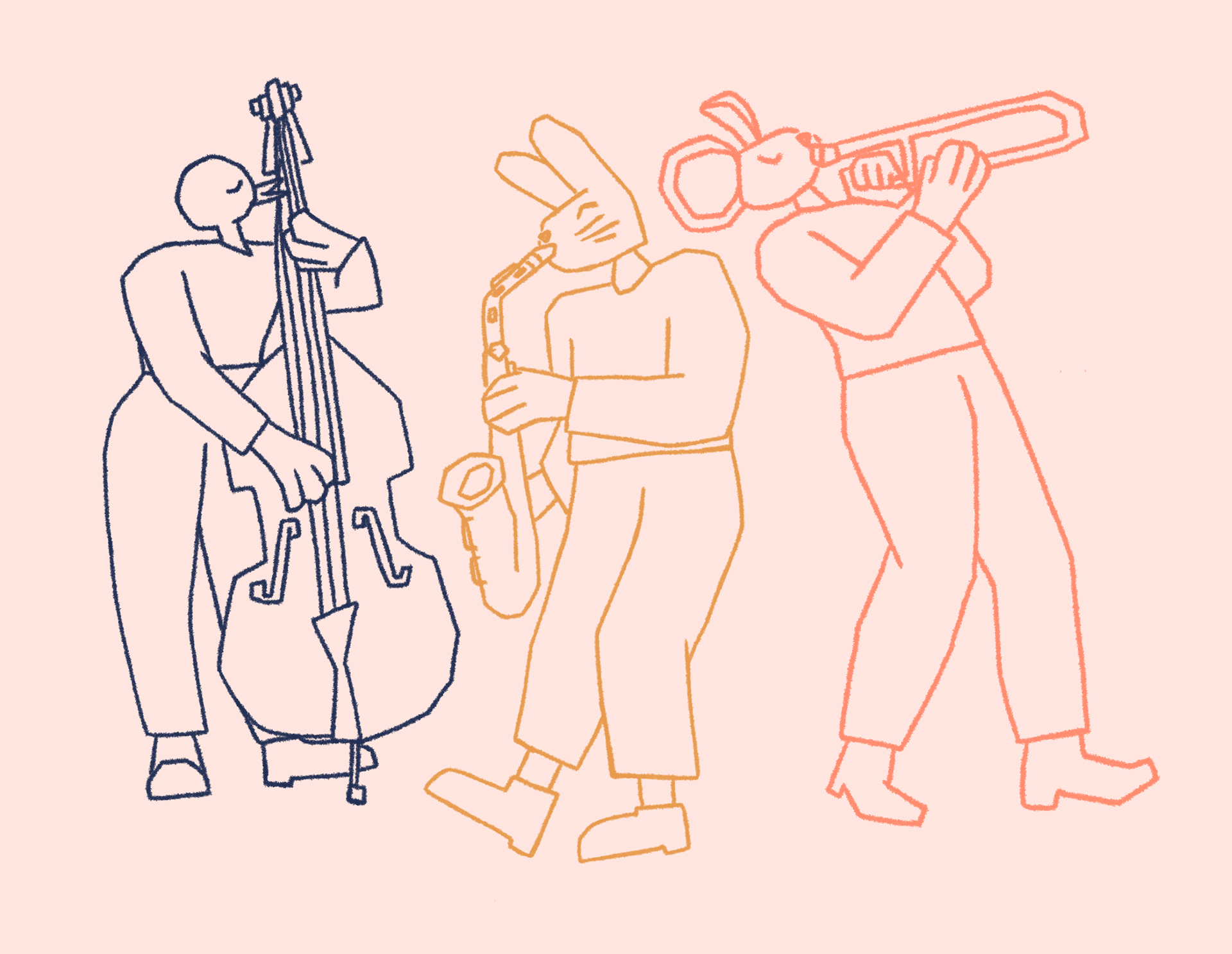
Each illustration within the series is an opportunity to push the boundaries of this visual style—some are loose and sketchy, others more controlled and graphic, all while remaining rooted in a fully 3D environment.
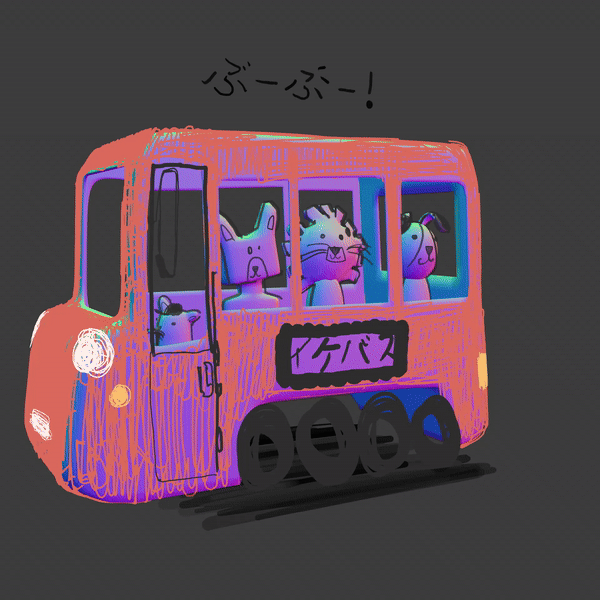
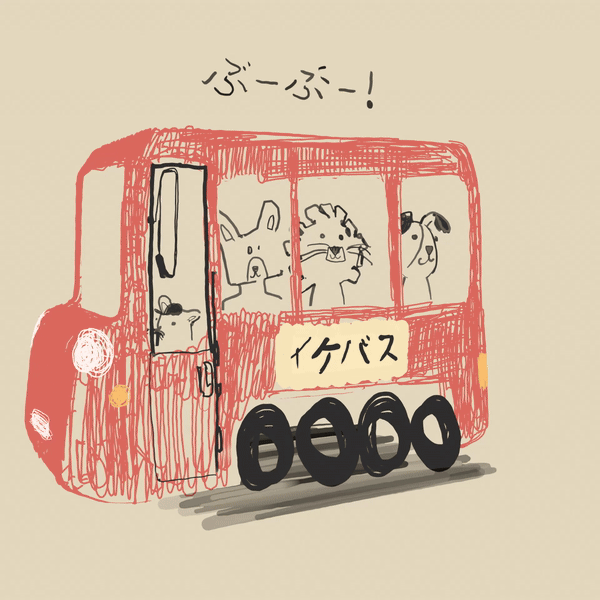
One of the most rewarding challenges in Trampantojo has been translating chaotic, expressive linework into a 3D space. In traditional 2D illustration, scribbles, quick gestures, and rough textures add energy and personality—but recreating that spontaneity in 3D requires a different mindset.
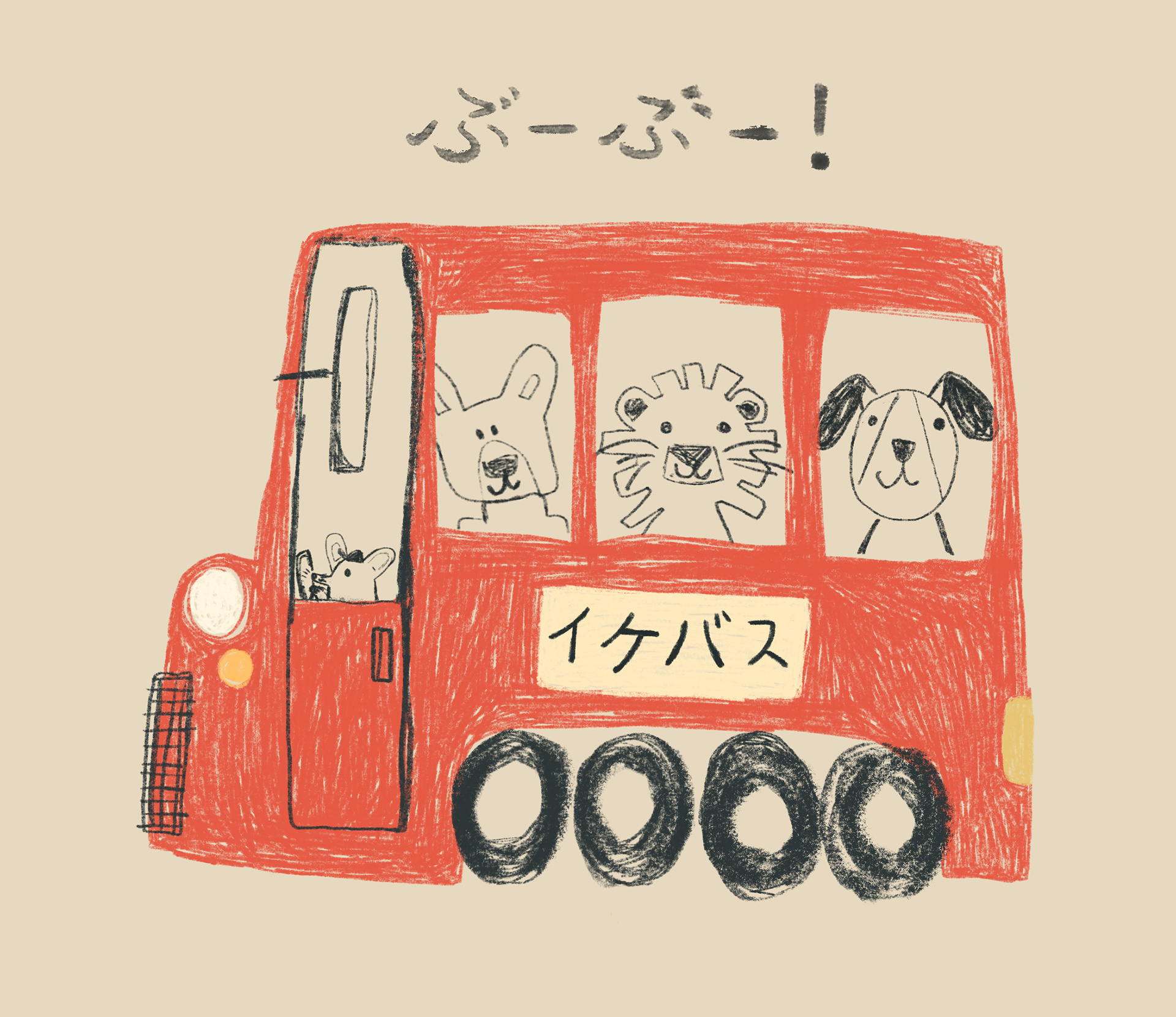
Using Blender's Grease Pencil, we’re able to break free from clean, uniform outlines and instead embrace irregular strokes, overlapping lines, and imperfections.
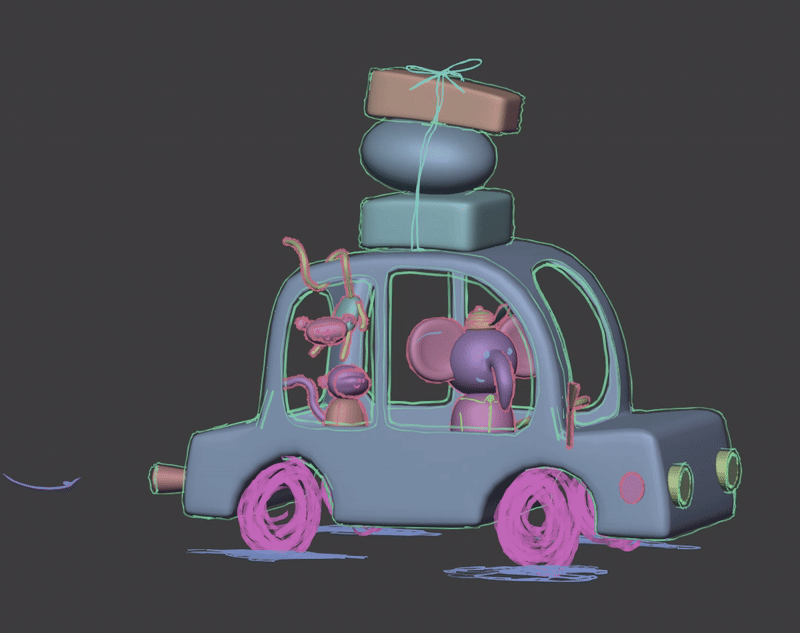
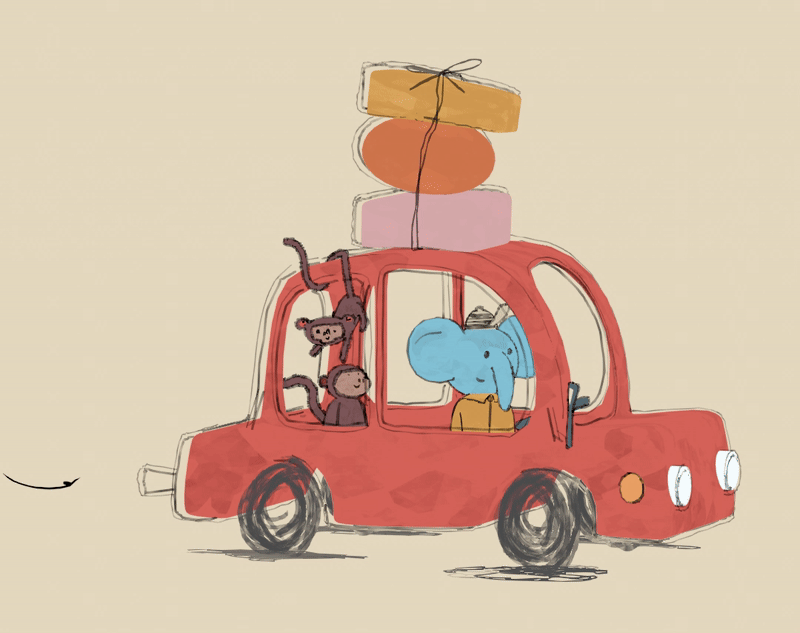
To enhance the illusion of 2D and bring even more life to the images, we’ve also used boiling textures—a technique where textures subtly shift and jitter frame by frame, mimicking the natural inconsistencies of hand-drawn animation. These animated textures are applied to flat surfaces, creating a sense of movement and vibrancy even in static shots. The effect adds depth and unpredictability, making the image feel alive, imperfect, and truly handmade. By integrating boiling textures into our 3D workflow, we’re able to preserve the charm and warmth of traditional 2D illustration and enjoy the flexibility the 3D world offers.
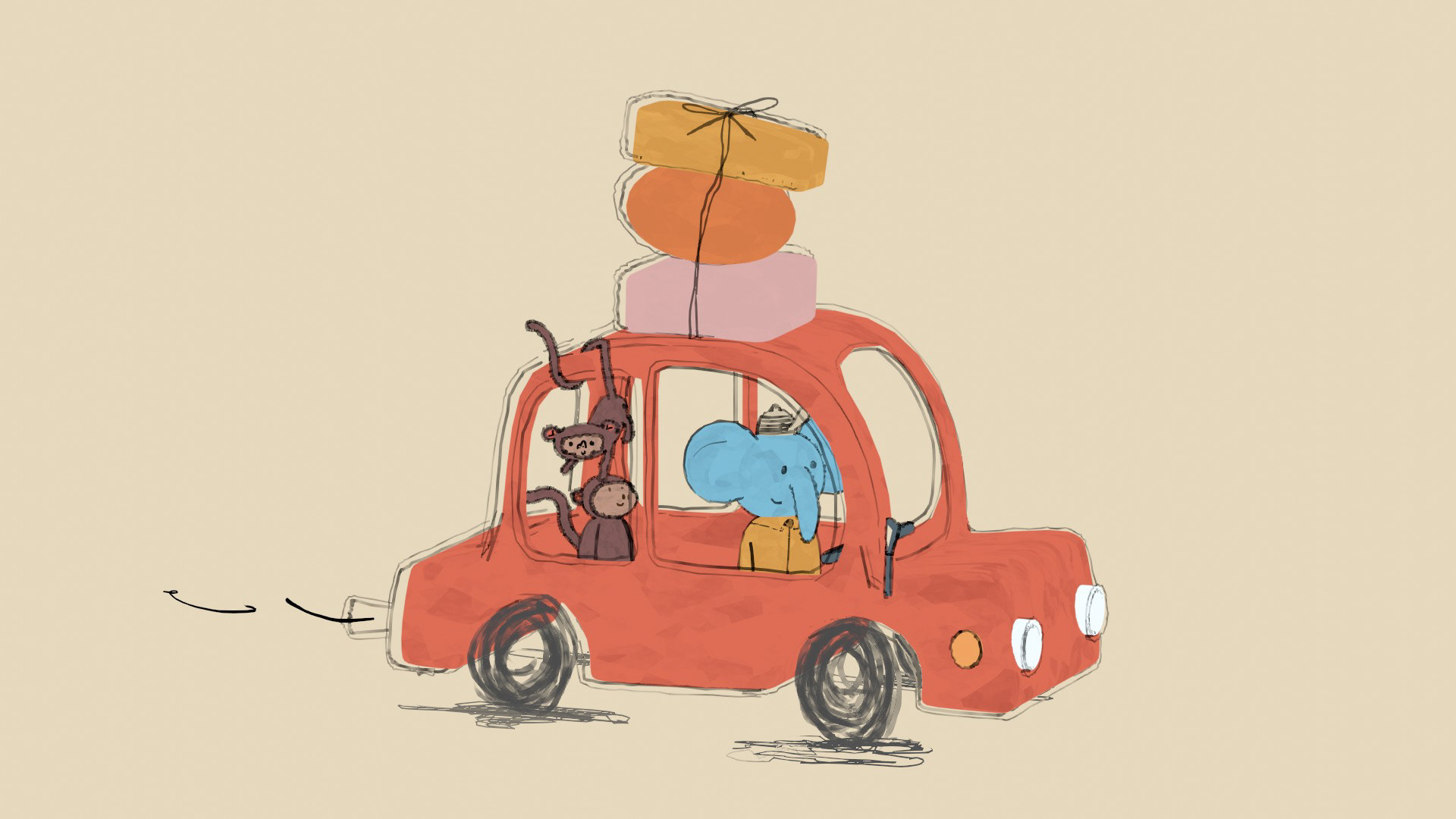
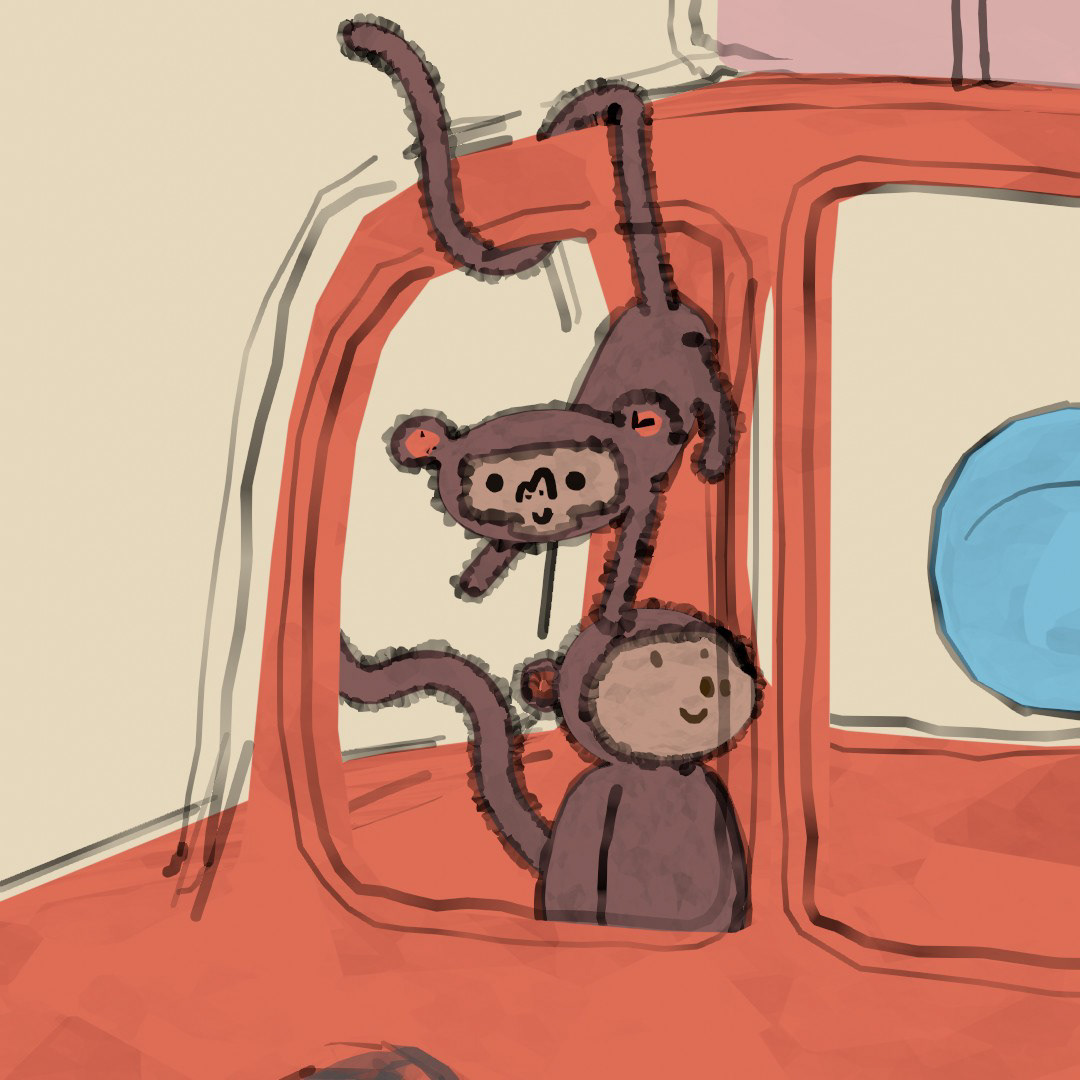
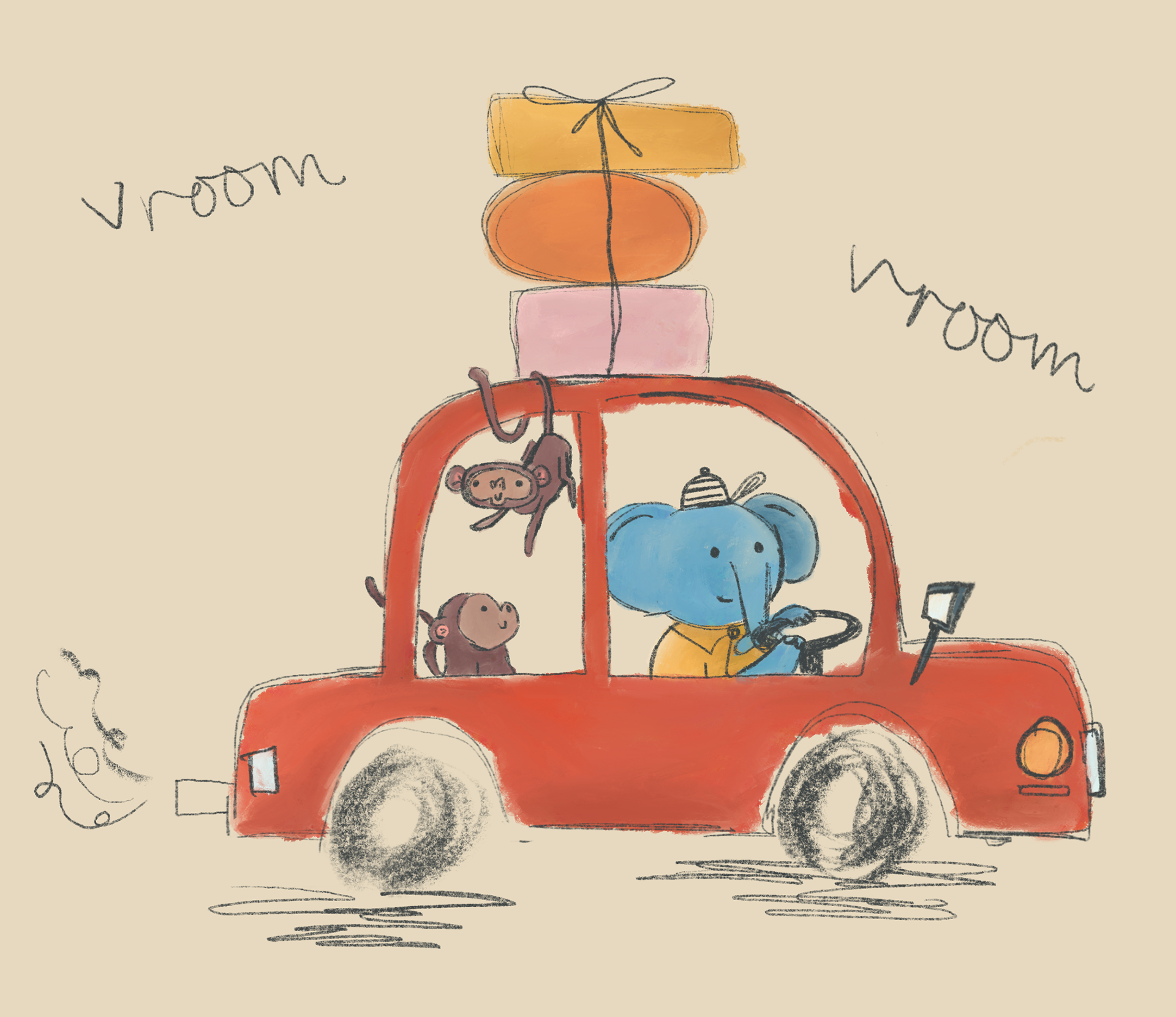
By drawing directly in 3D space and adjusting stroke depth and layering, we can simulate the raw, sketchy quality of hand-drawn work—while maintaining full control over lighting, perspective, and animation. It’s not just about mimicking a style; it’s about capturing the spirit of spontaneous mark-making and reimagining it with the tools of 3D.
Our inspiration for the illustration series comes from a love of traditional children's illustration and the wacky ideas that younger audiences enjoy; an animal taxi, an elephant on a road-trip, a saxophone-playing rabbit. We jump between real vehicle designs like the iconic NYC taxi or Japan's Ikebus with stylised, toy-like vehicles, all the while keeping them in the same world.
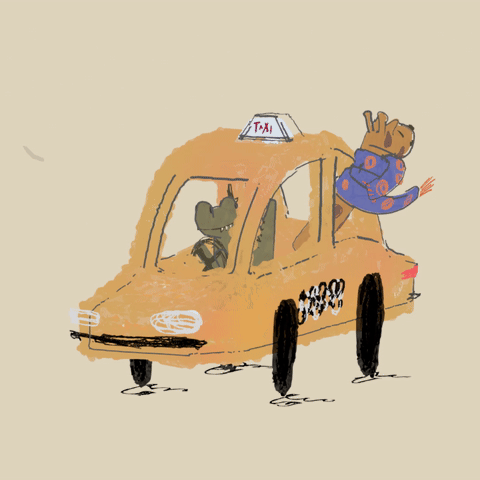
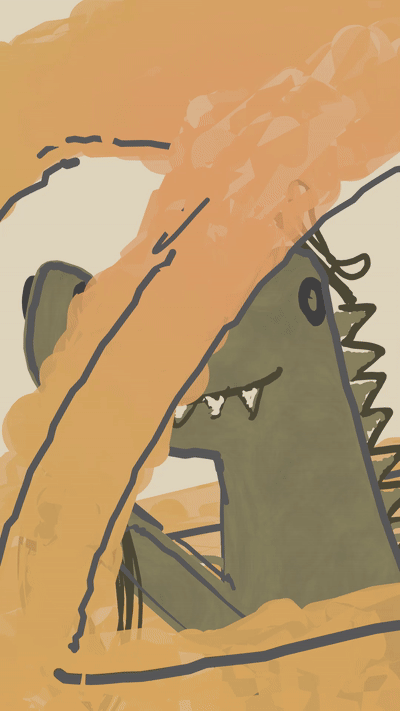
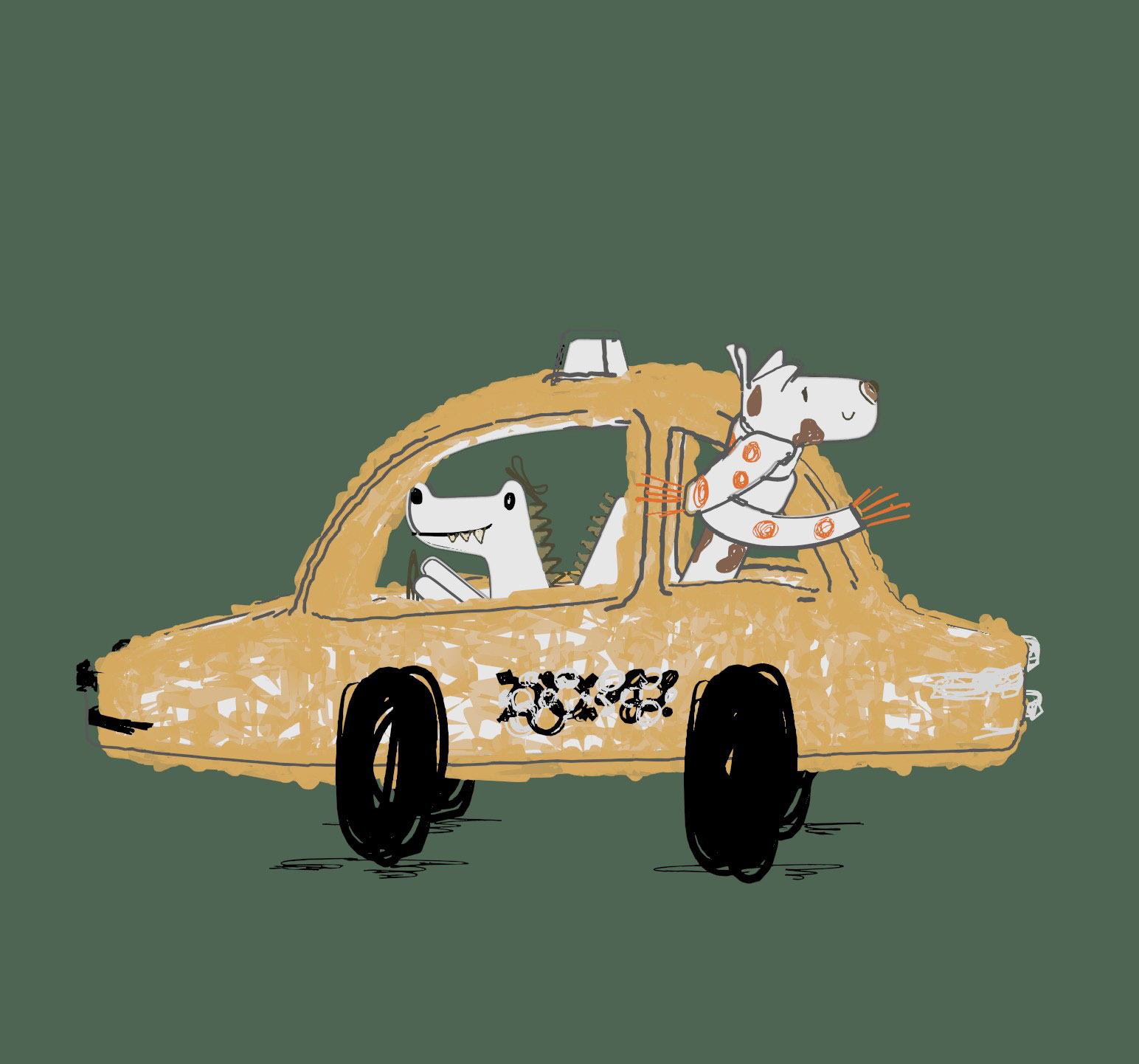
We’ve rigged characters in 3D and animated them using the same Grease Pencil techniques, creating sequences that retain the charm of traditional animation while benefiting from the flexibility and depth of a 3D pipeline. These animations preserve the flat, illustrated aesthetic even in dynamic camera moves and complex character performances.
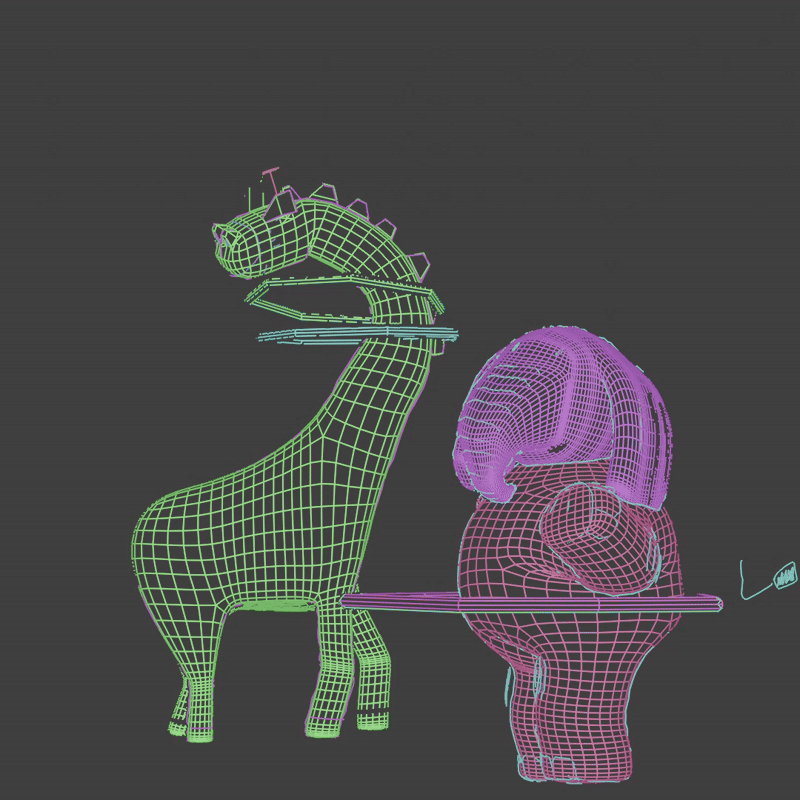
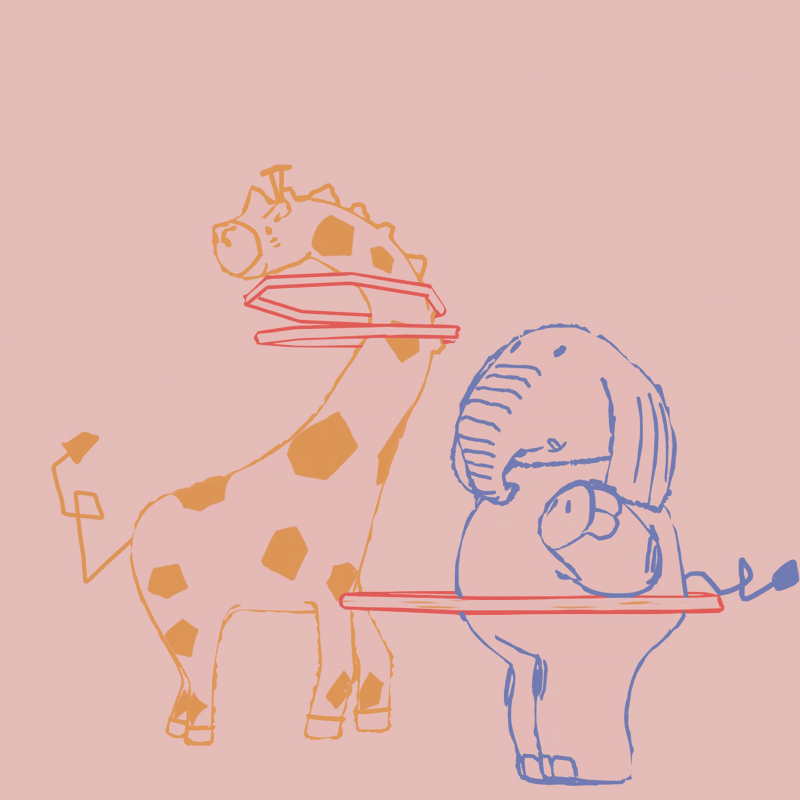
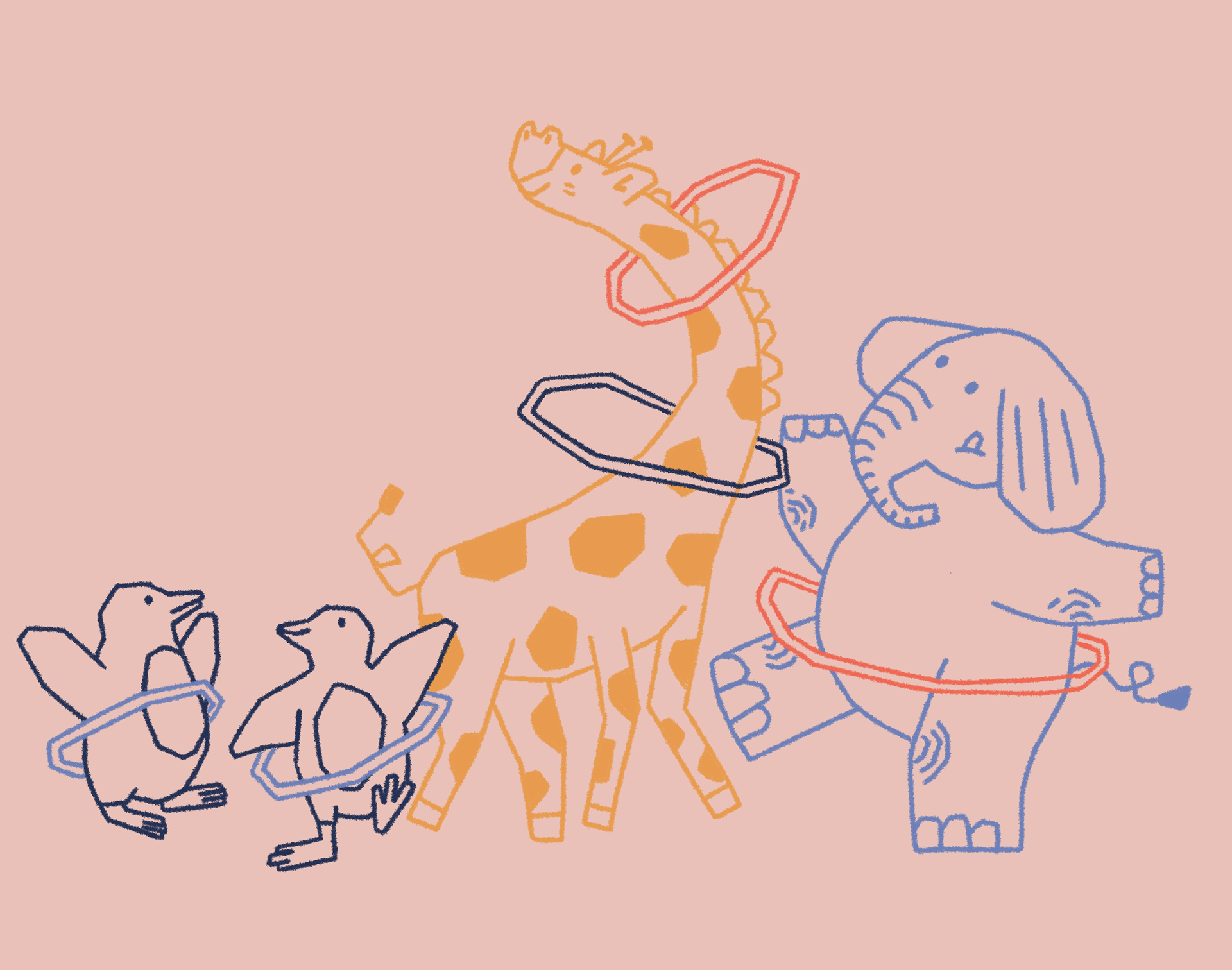
One of the unique strengths of this technique is the ability to combine traditional frame-by-frame animation with 3D elements in a seamless way.
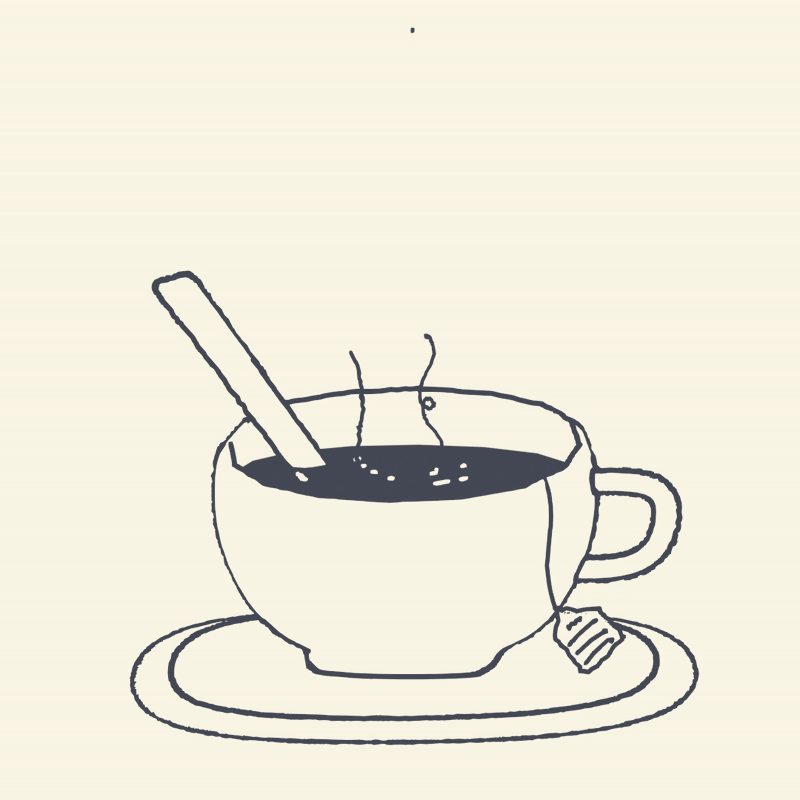
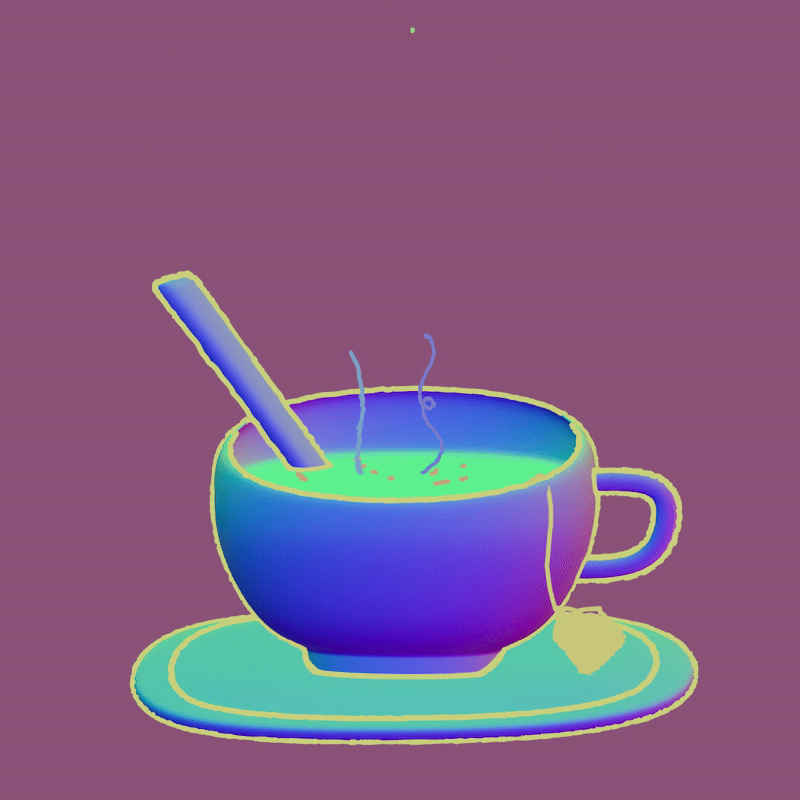
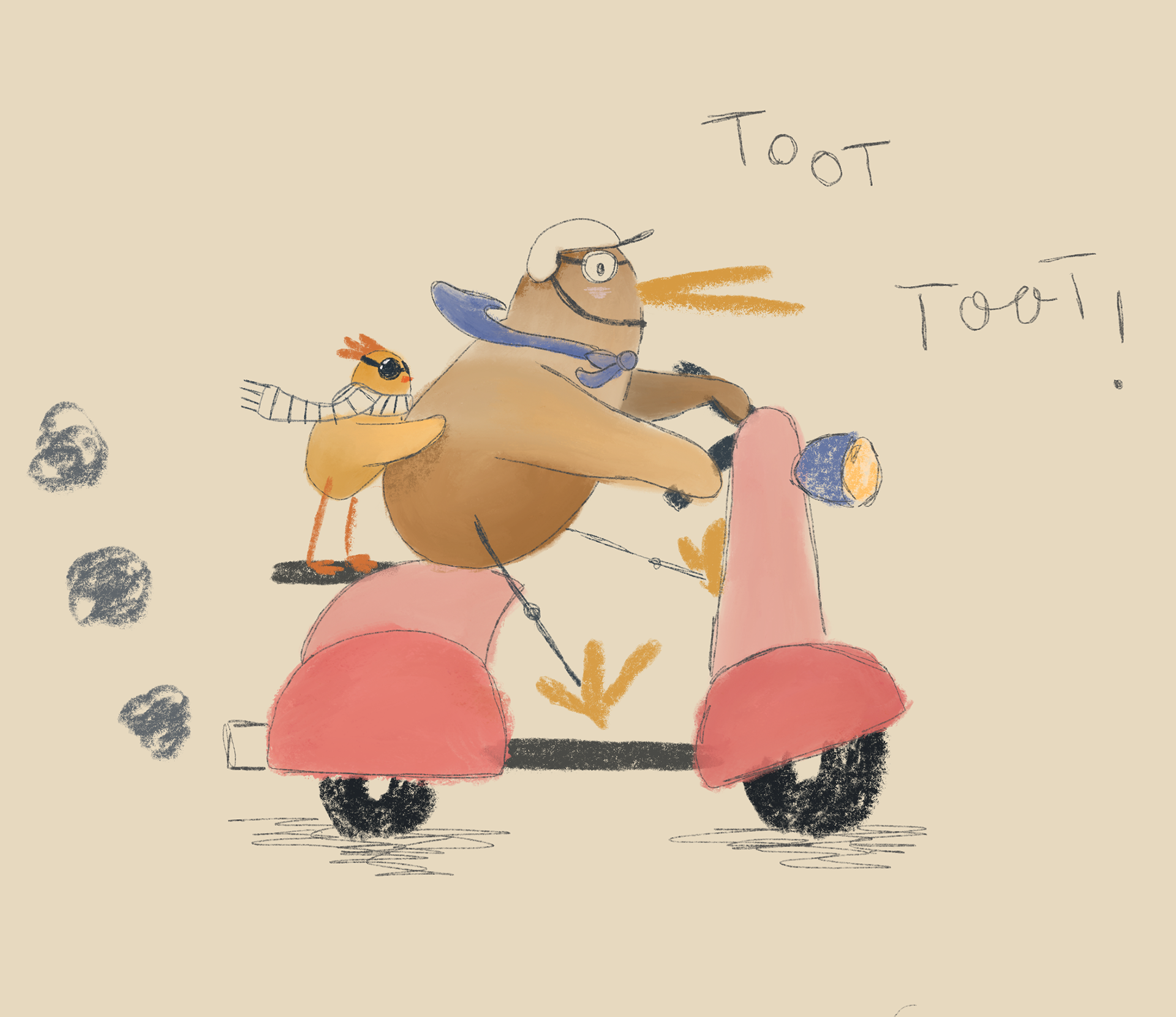
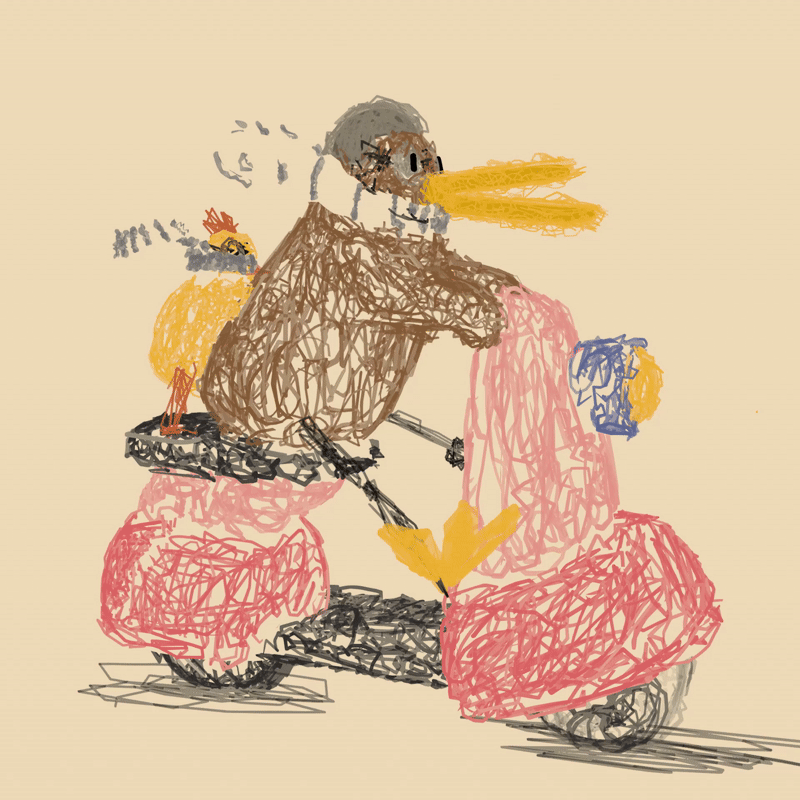
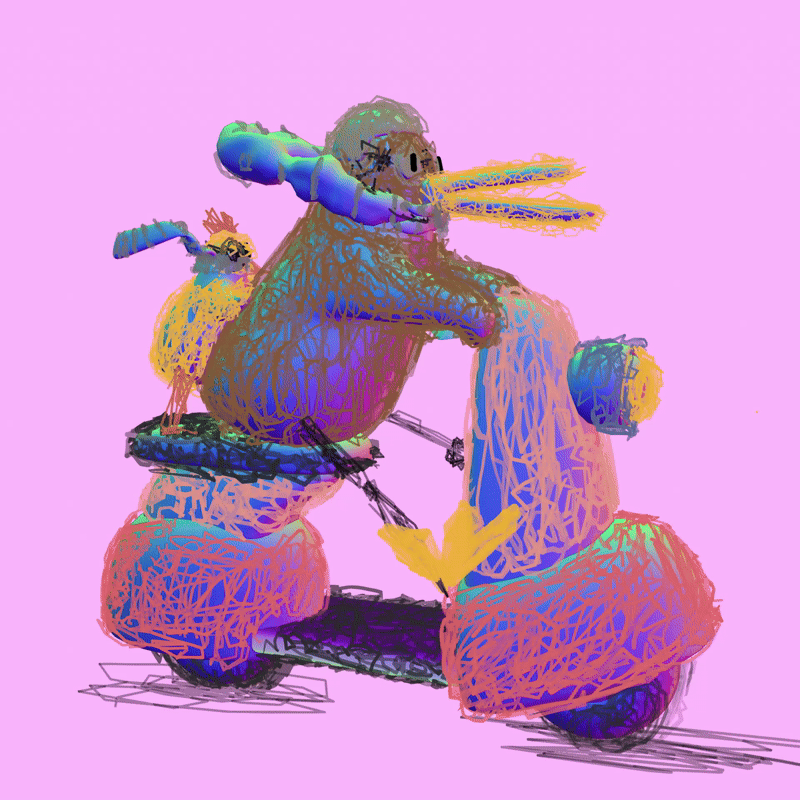
The Trampantojo technique also works beautifully with bold, flat illustrations that use thick, graphic strokes. These strong visual elements help reinforce the illusion of 2D while taking full advantage of the depth and flexibility that 3D offers.
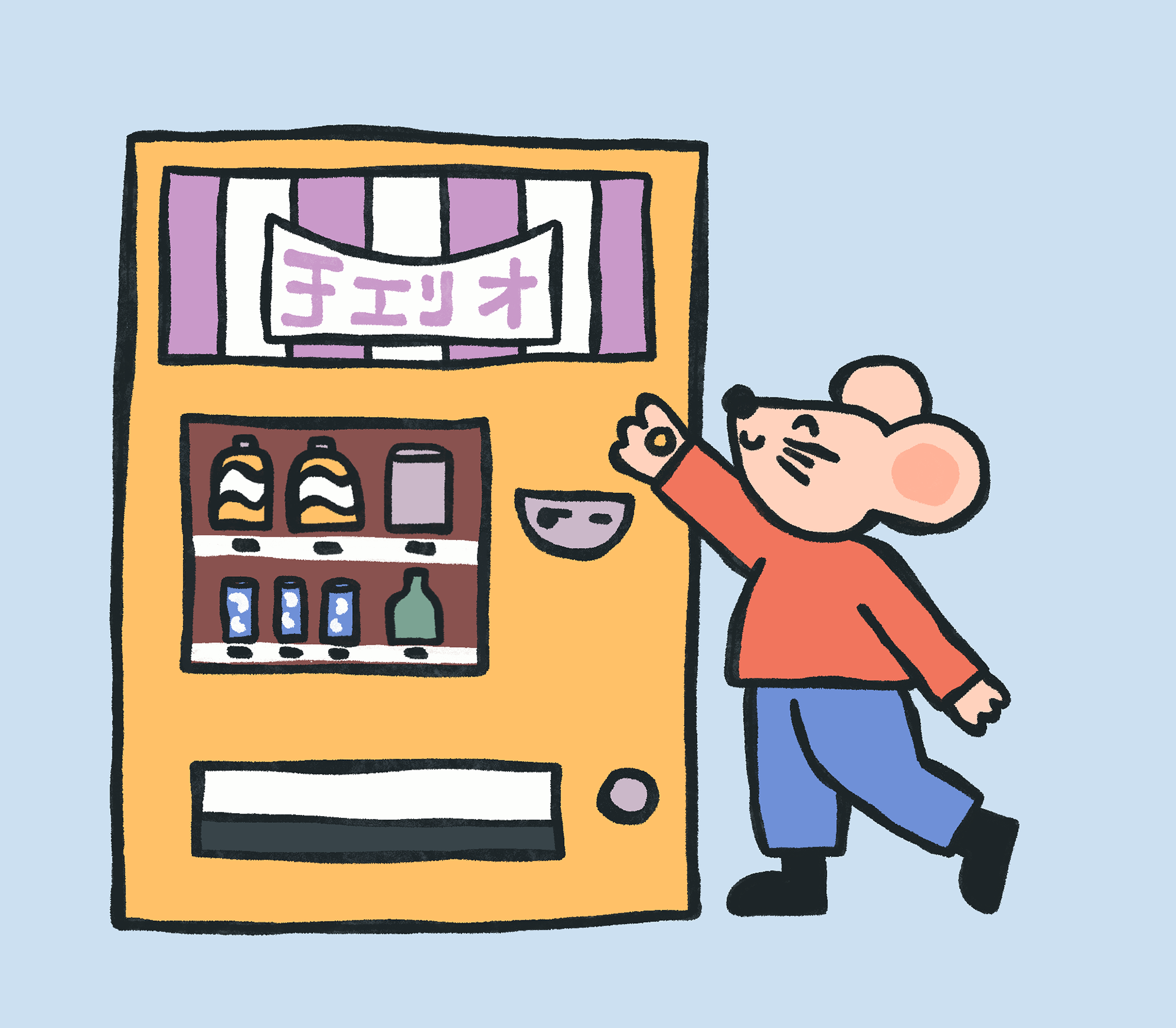
By combining flat colour areas with clean, heavy outlines, we can create striking compositions that feel hand-drawn but respond naturally to camera movement and lighting. This style holds up well across both static and animated pieces, allowing for clear, expressive visuals that maintain the charm of traditional illustration within a fully 3D environment.
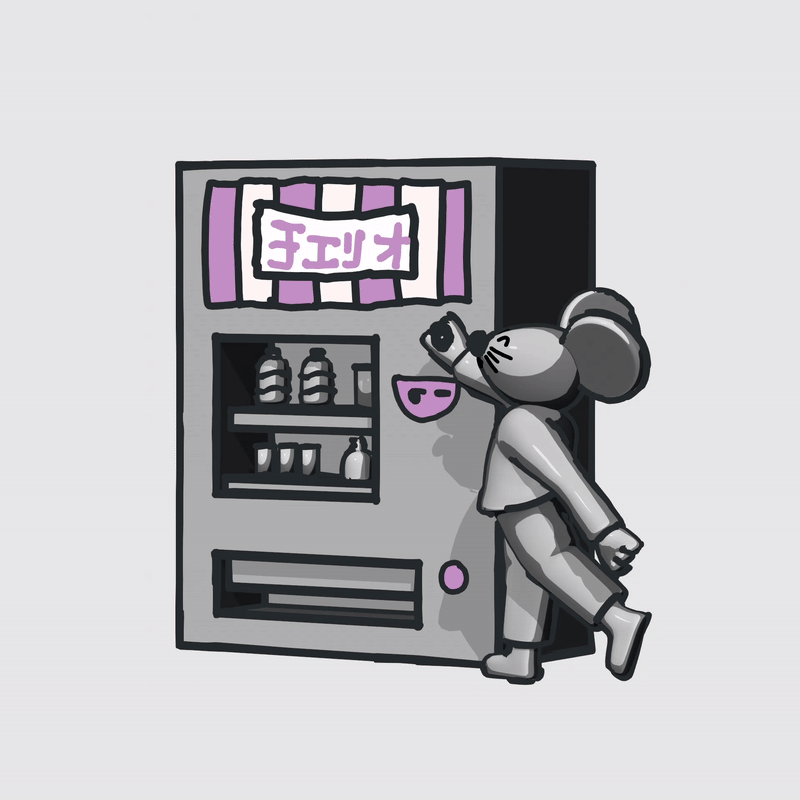
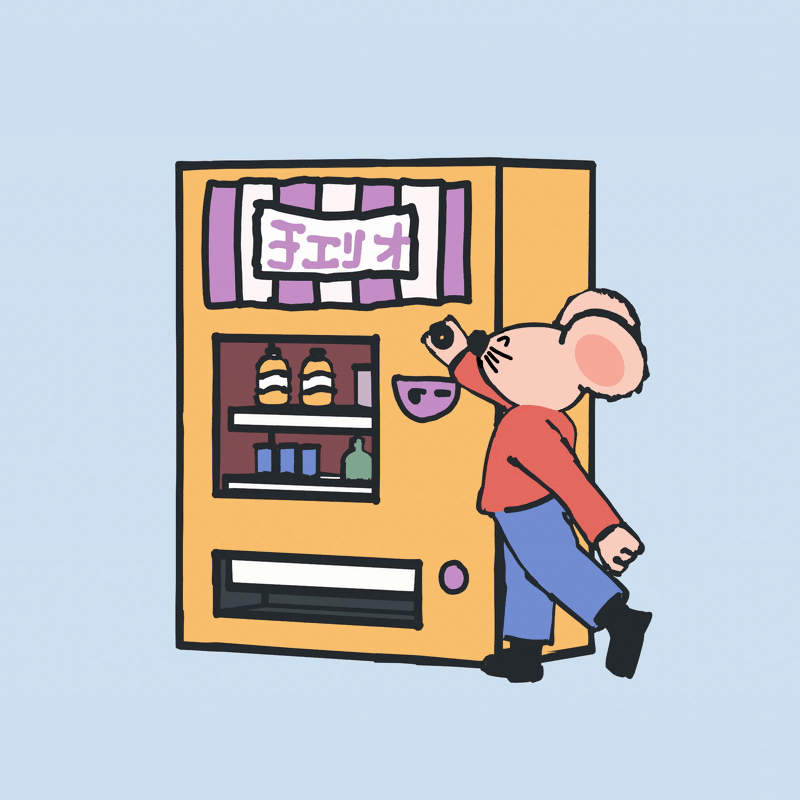
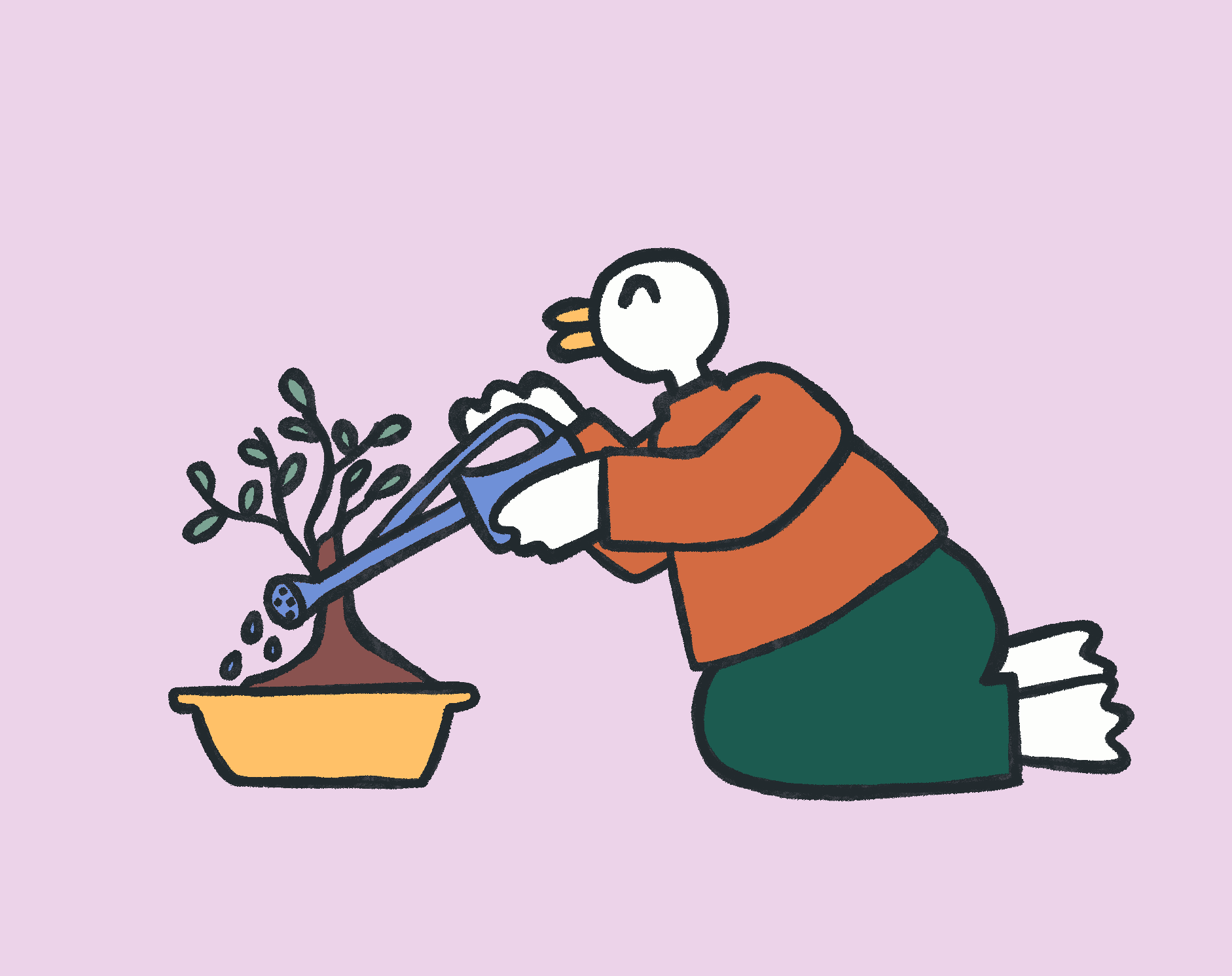
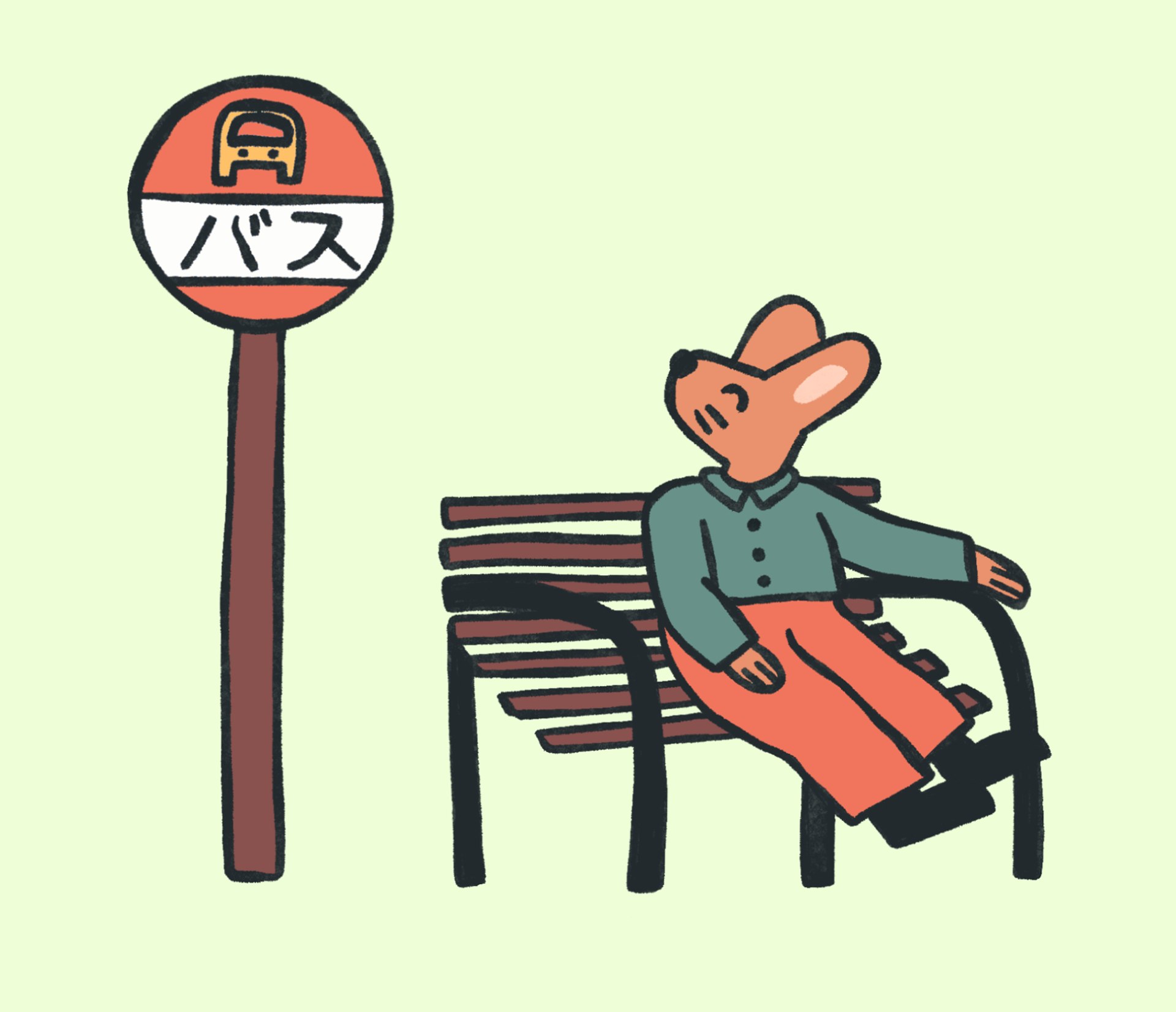

These illustrations are all based on scenes from Japan, featuring a classic post box, bus stop, traffic lights, bonsai tree, the ubiquitous vending machines, and our favourite 'konbini', the 7/11.
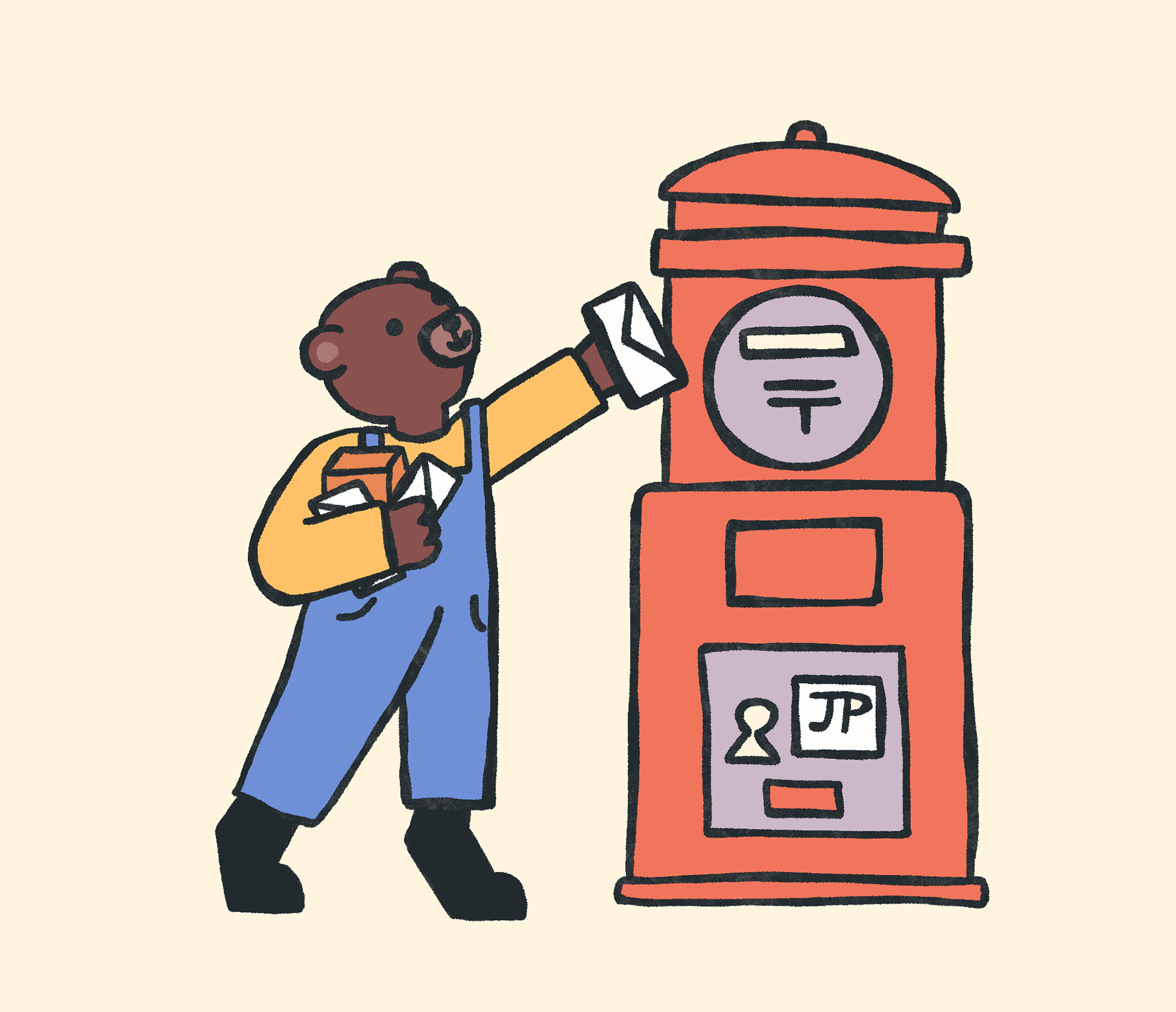
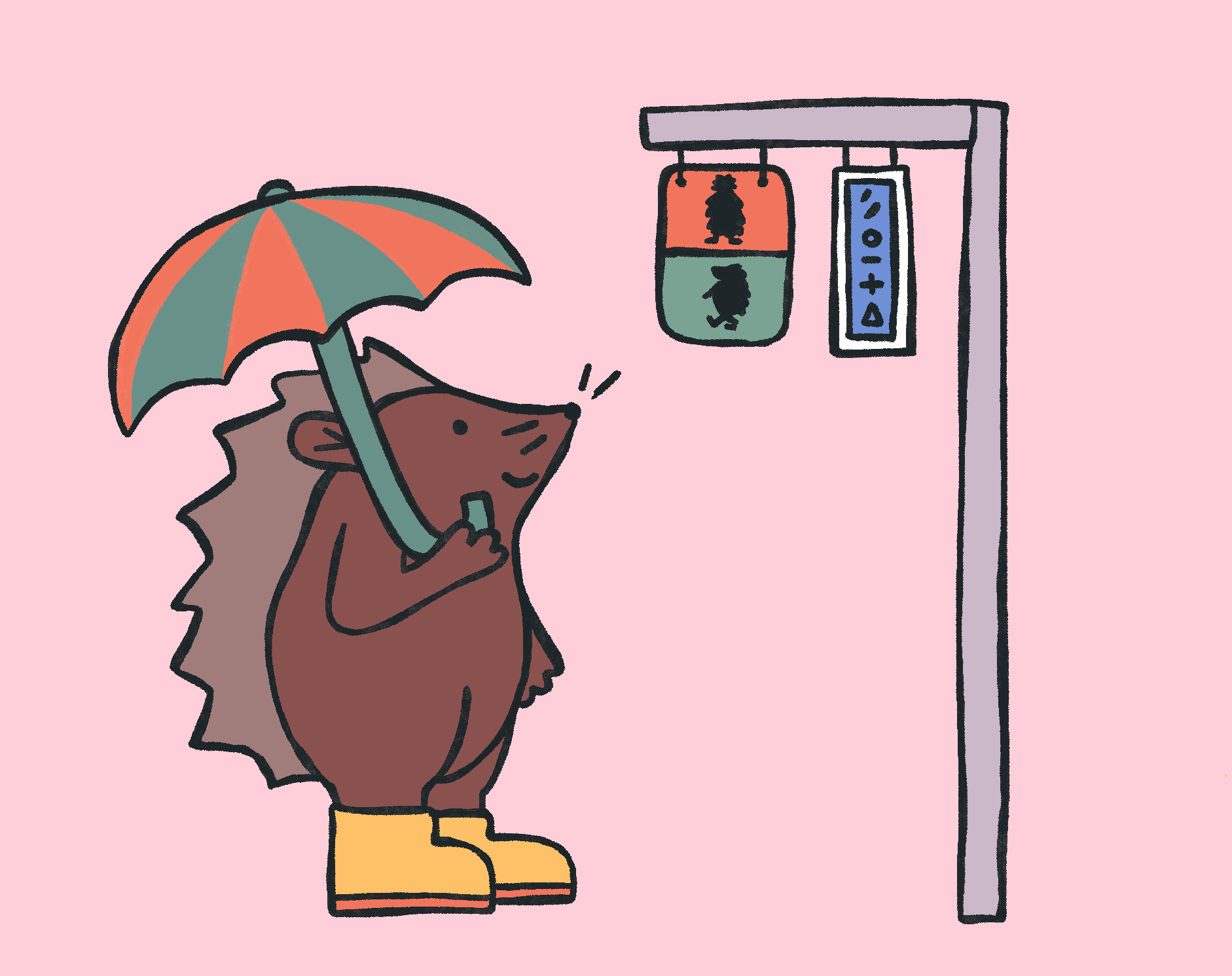
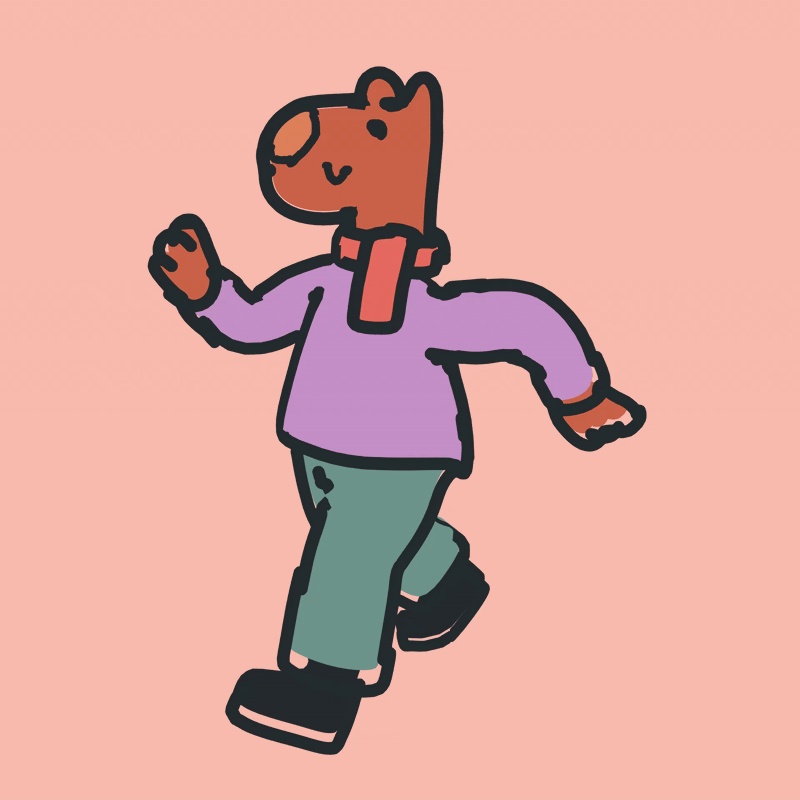
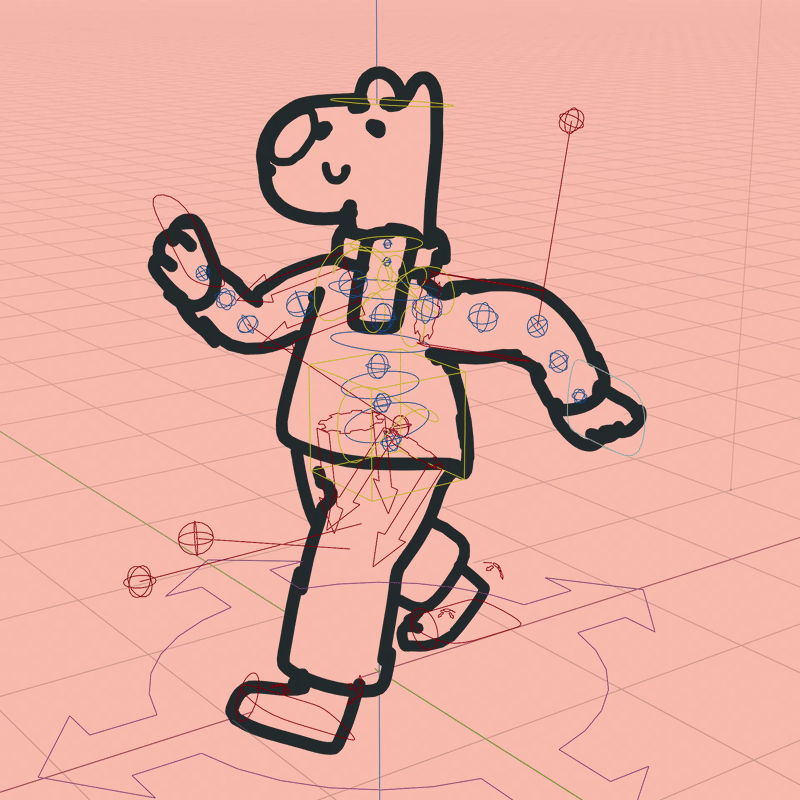
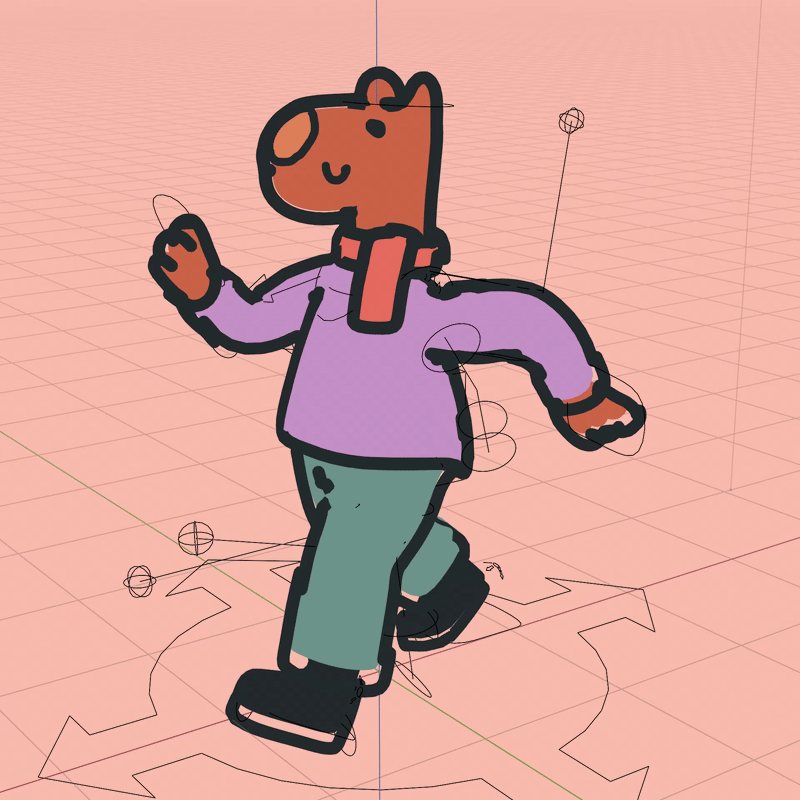
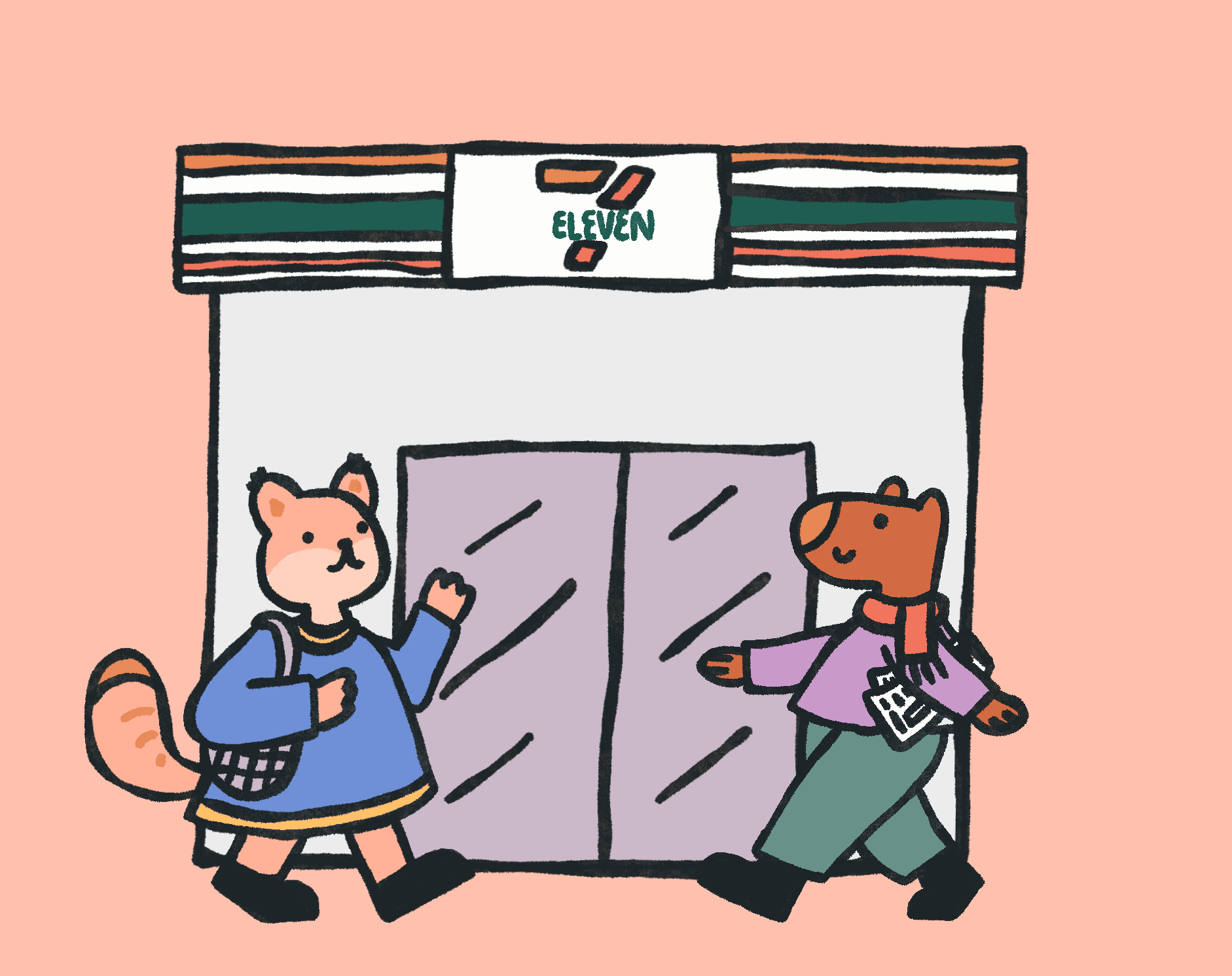
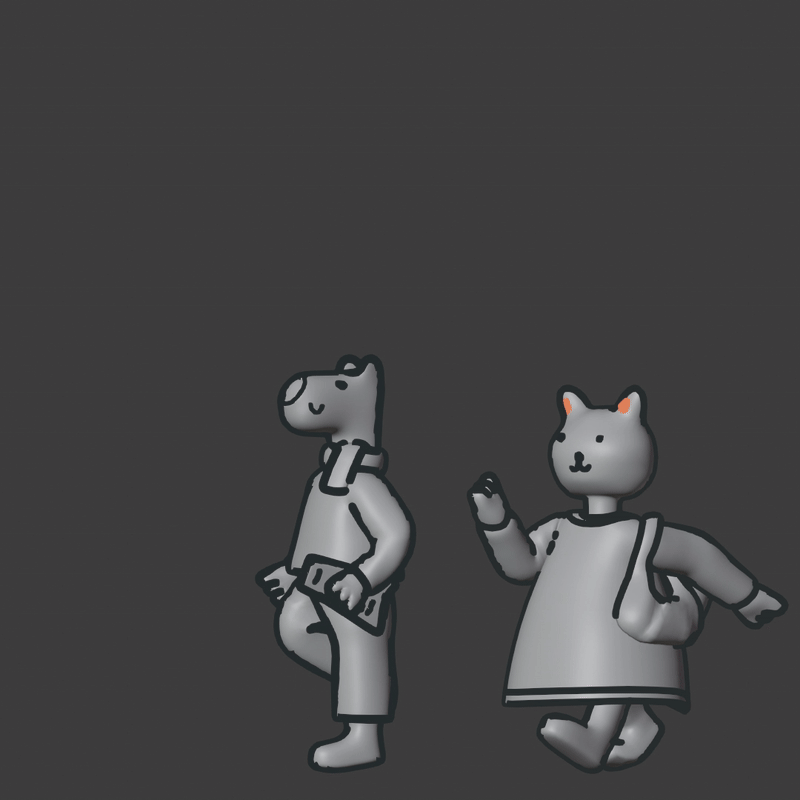
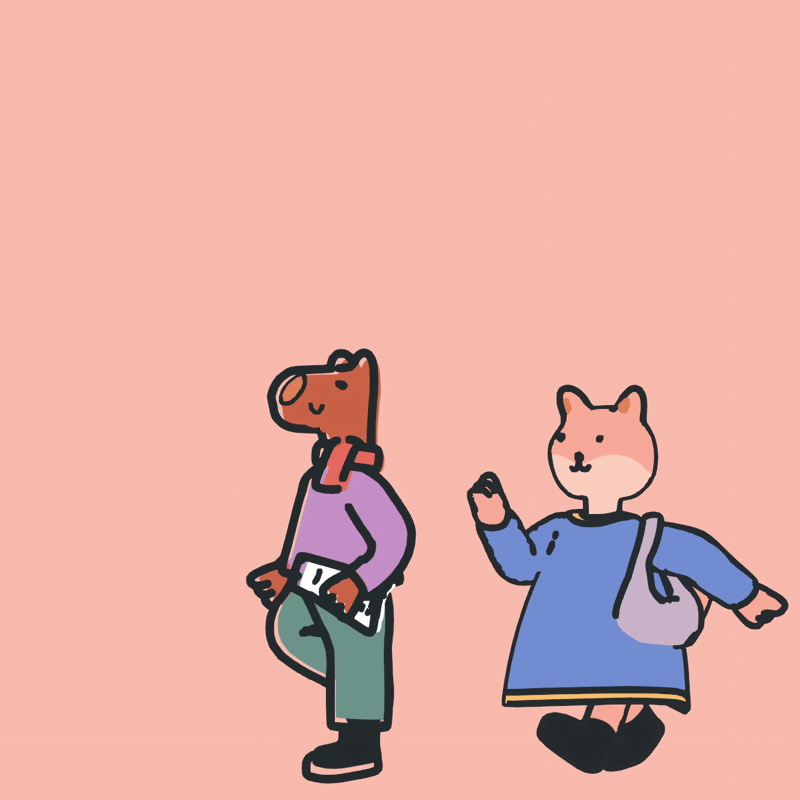
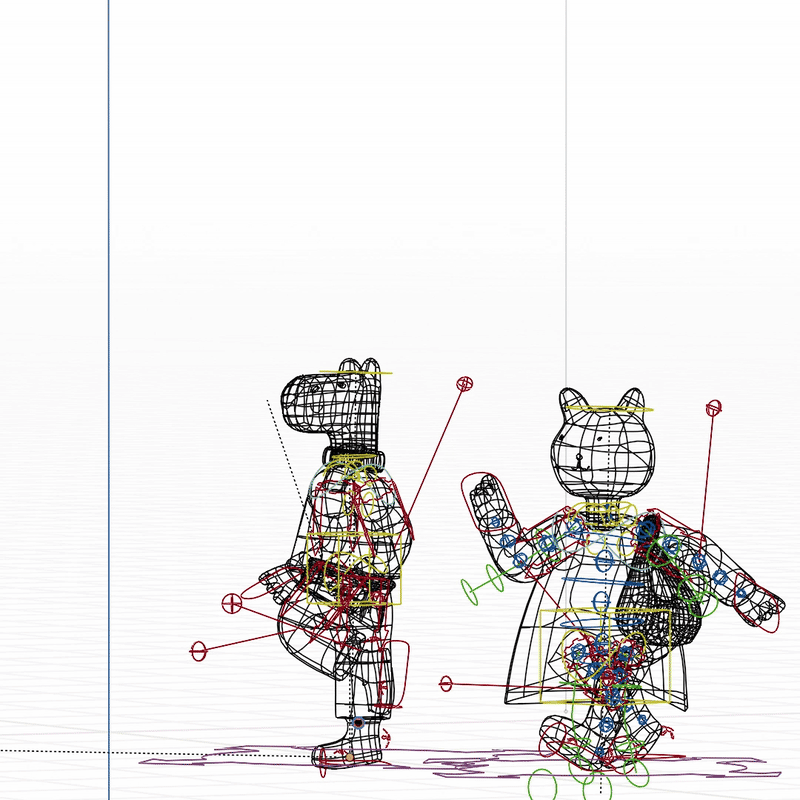
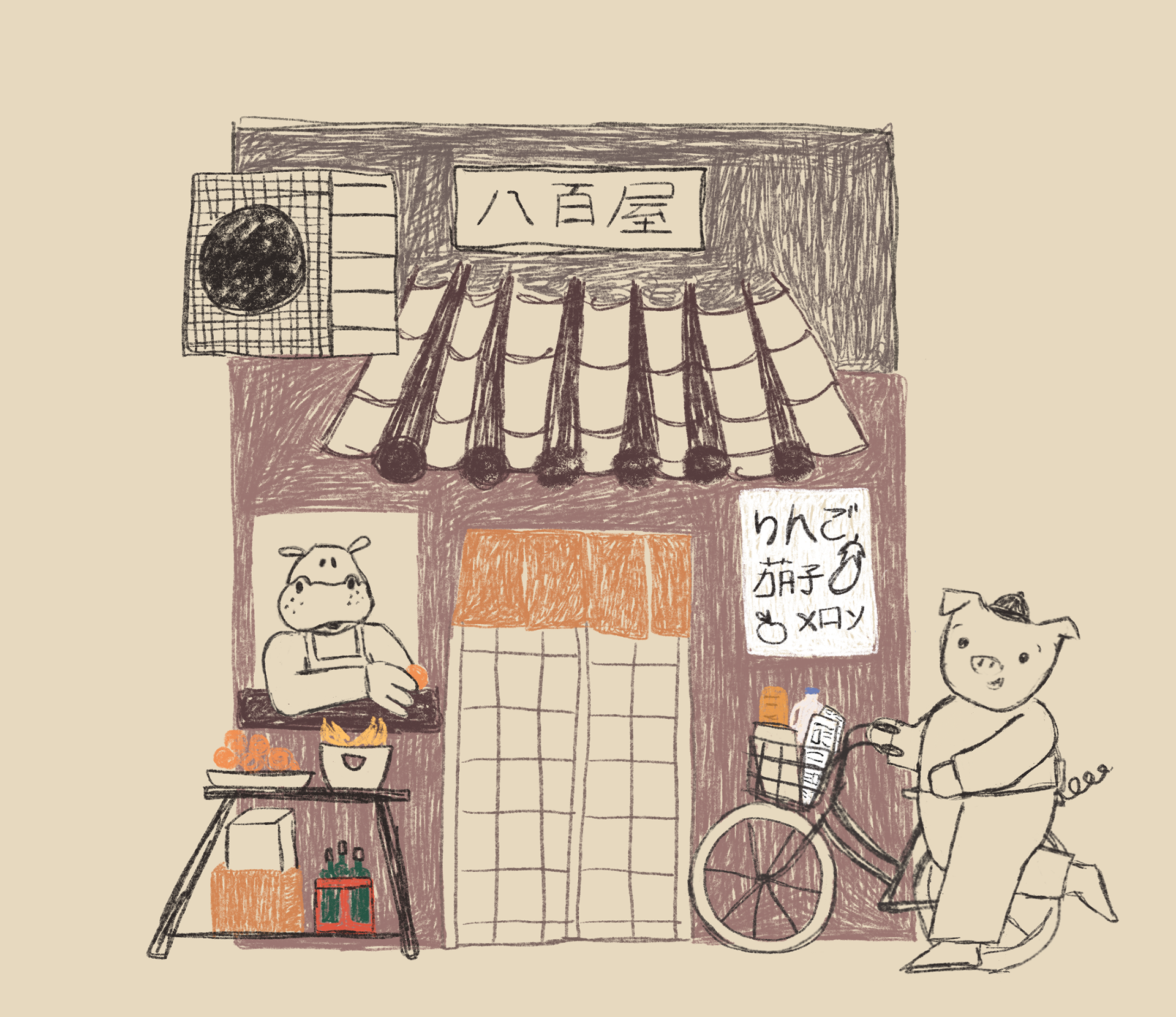
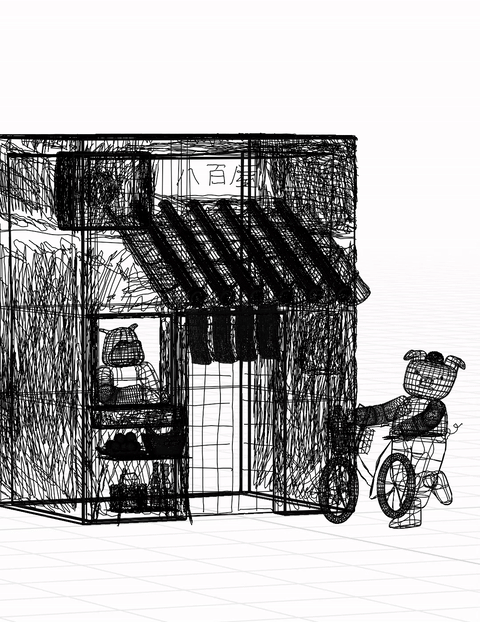
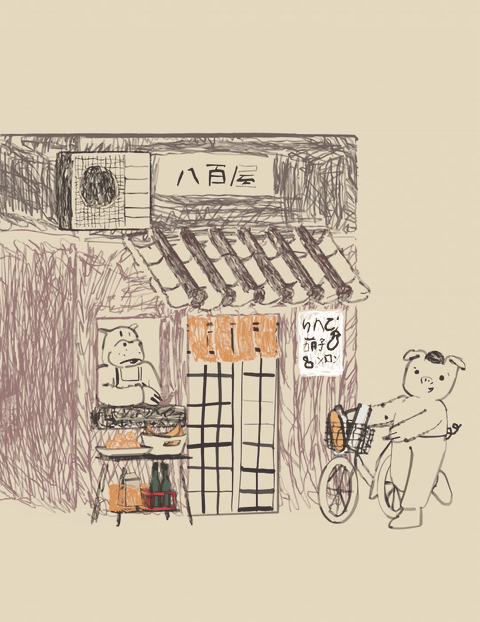
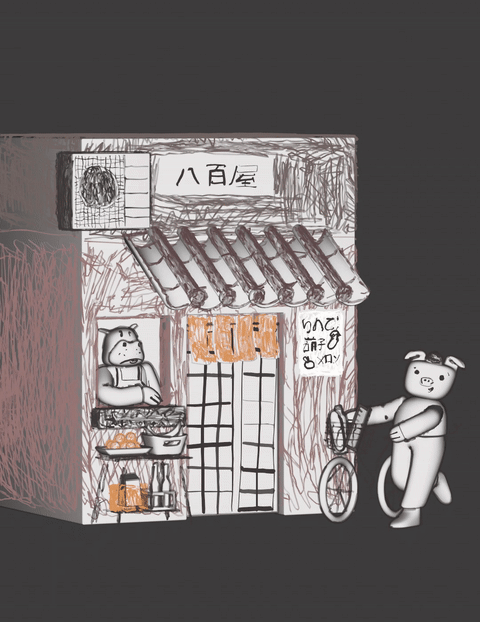
To make this process accessible to other artists and animators, we’ve created a full course at Patata School dedicated to teaching the Trampantojo technique from the ground up.
The course covers everything from building the 3D models and setting up Grease Pencil materials, to rigging, animating, and rendering final scenes that look like they were drawn by hand.
It’s designed for anyone interested in crossing the bridge between 2D and 3D—whether you're a traditional illustrator curious about 3D tools, or a 3D artist looking to explore a new, stylised visual language.
